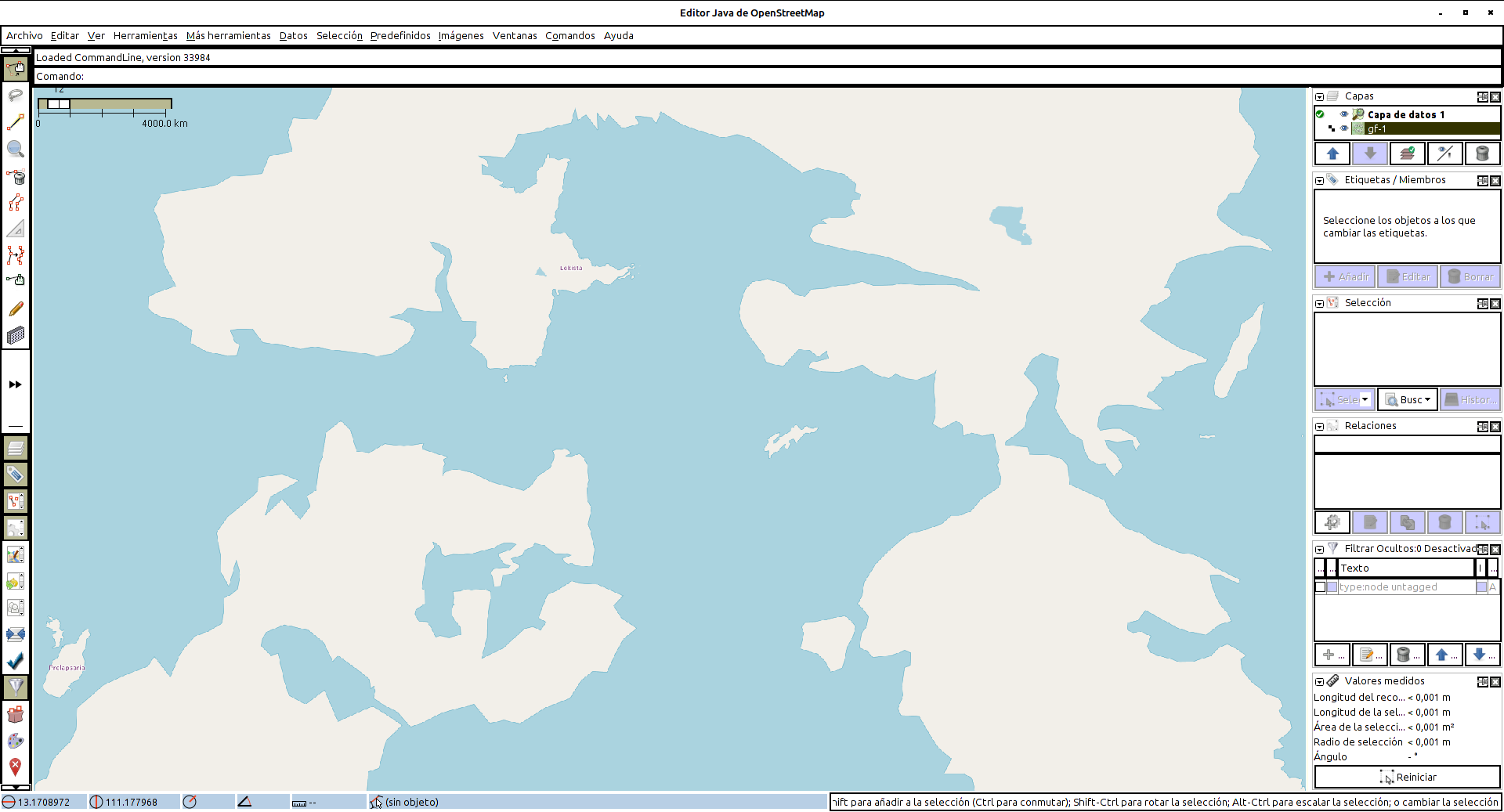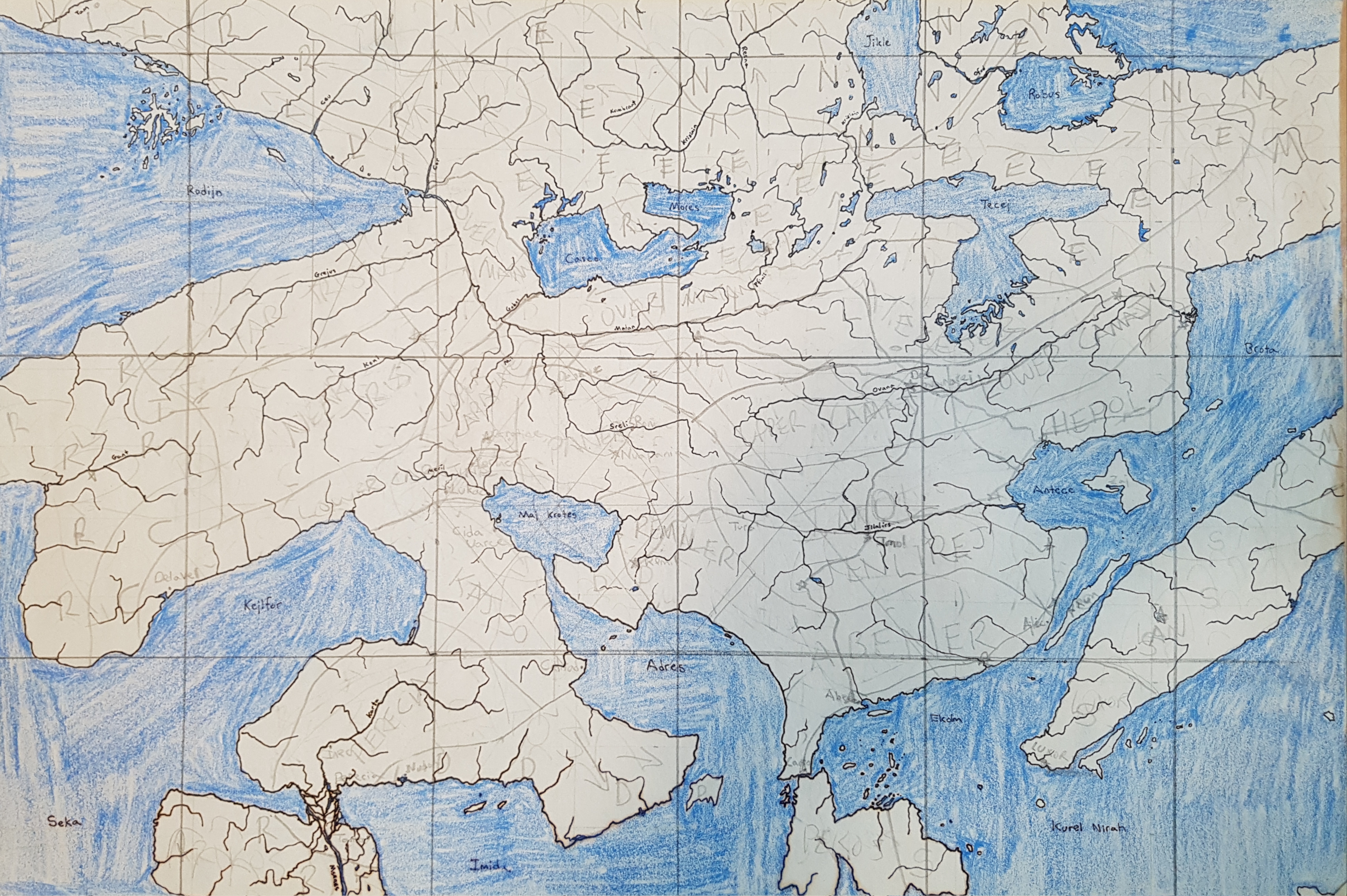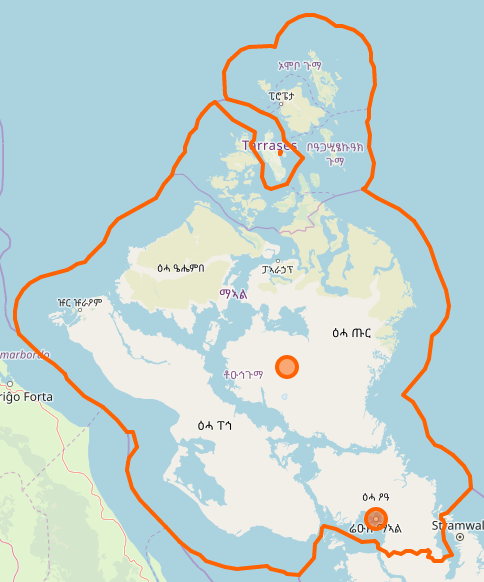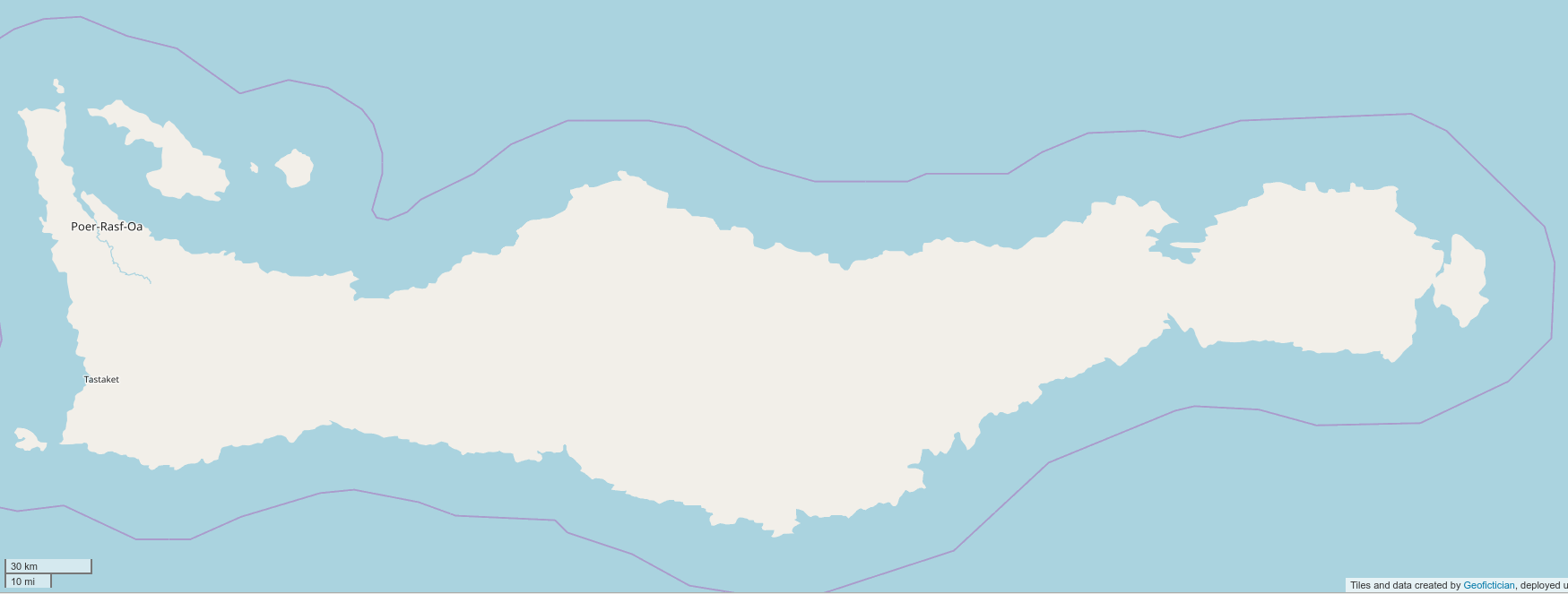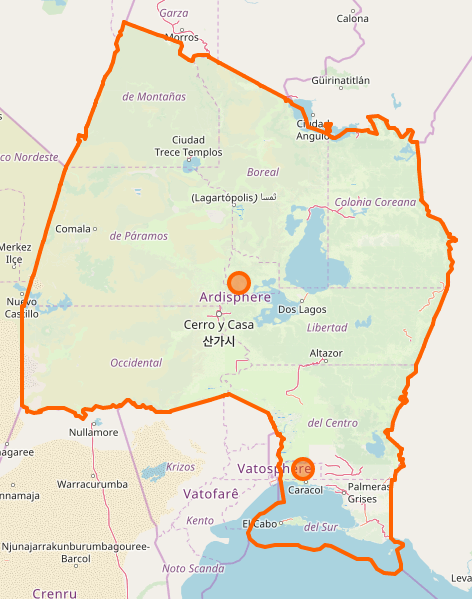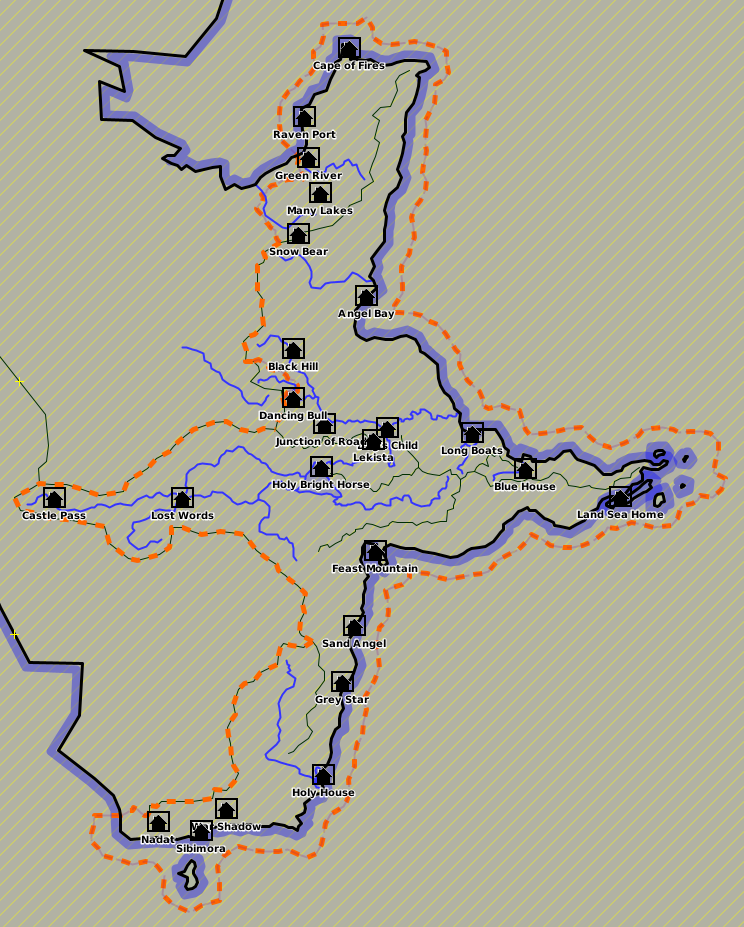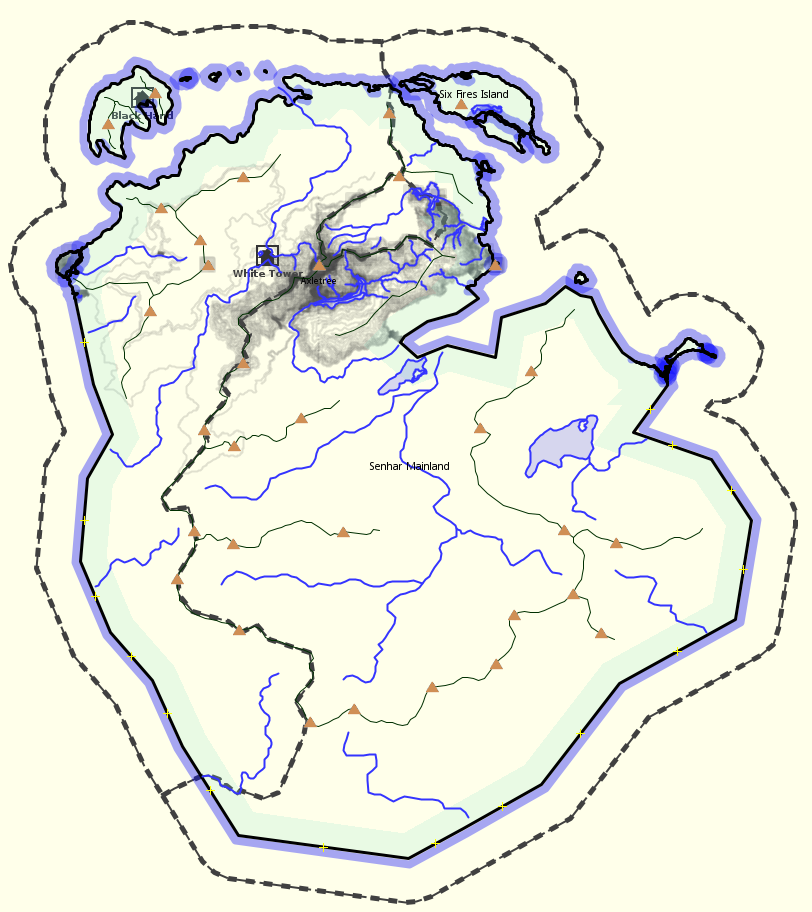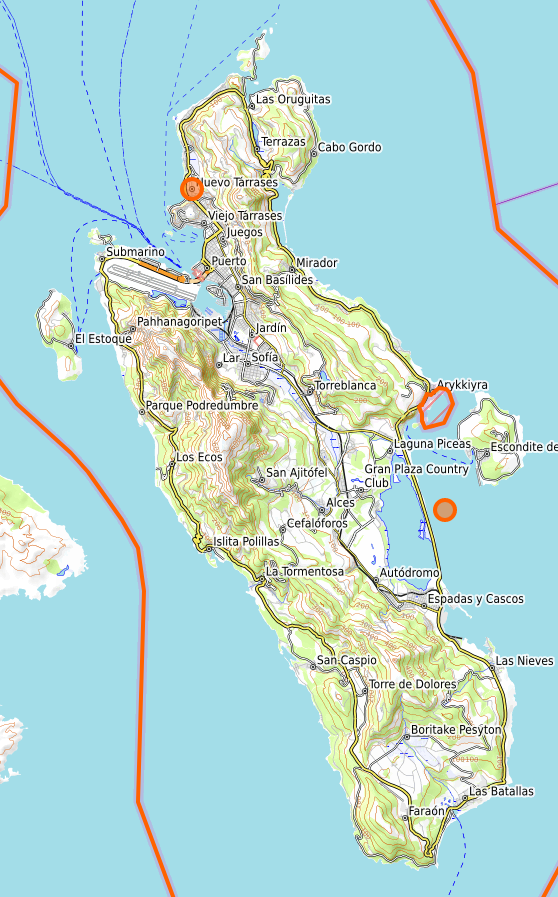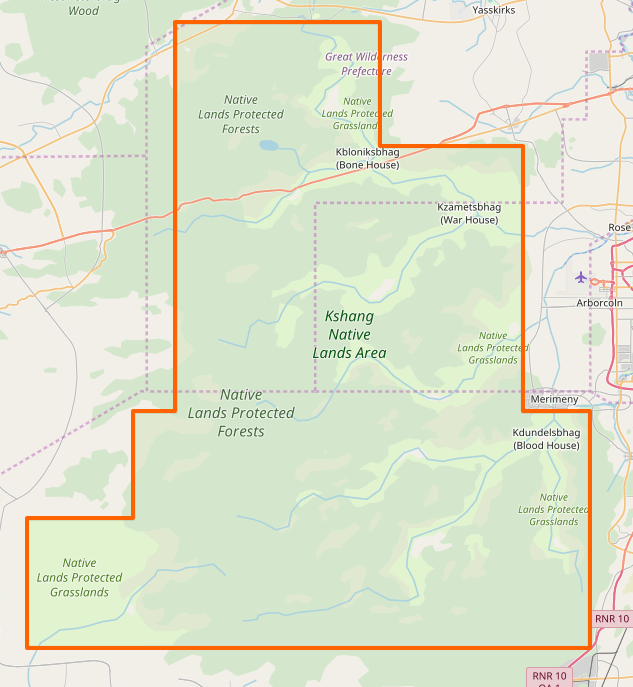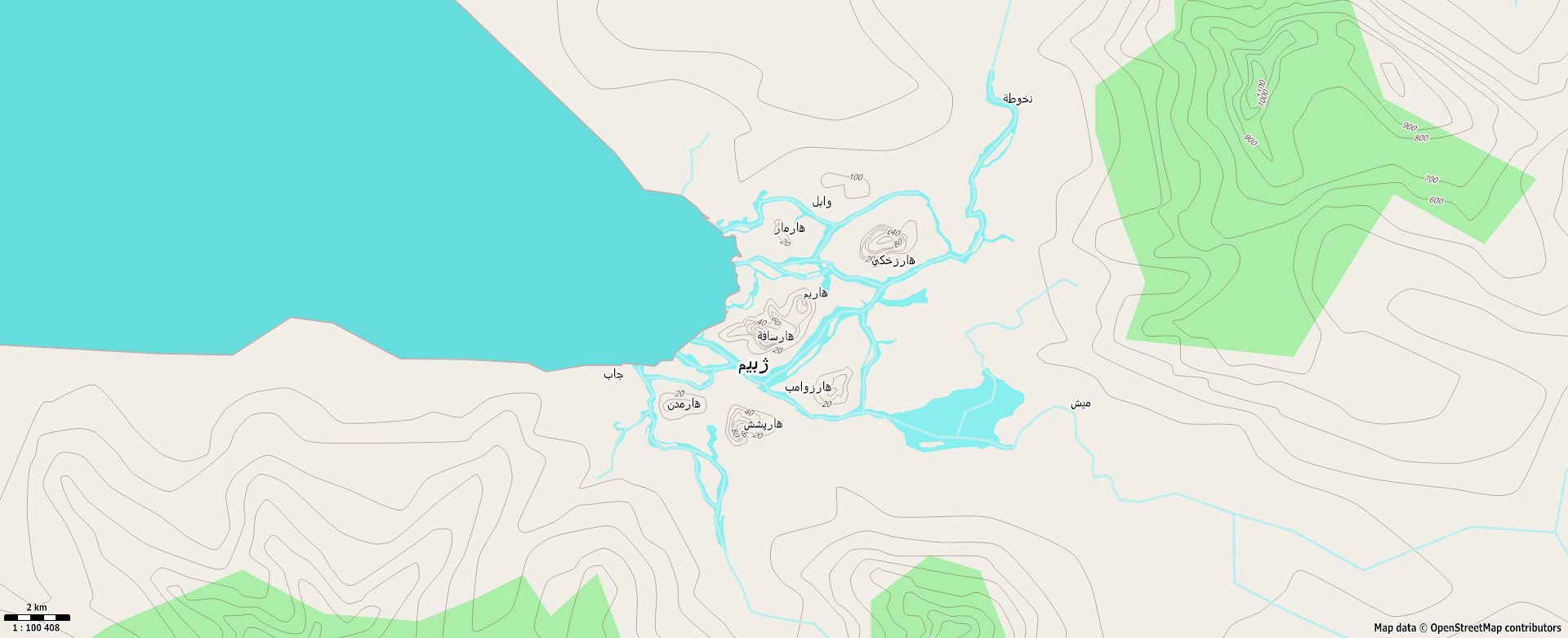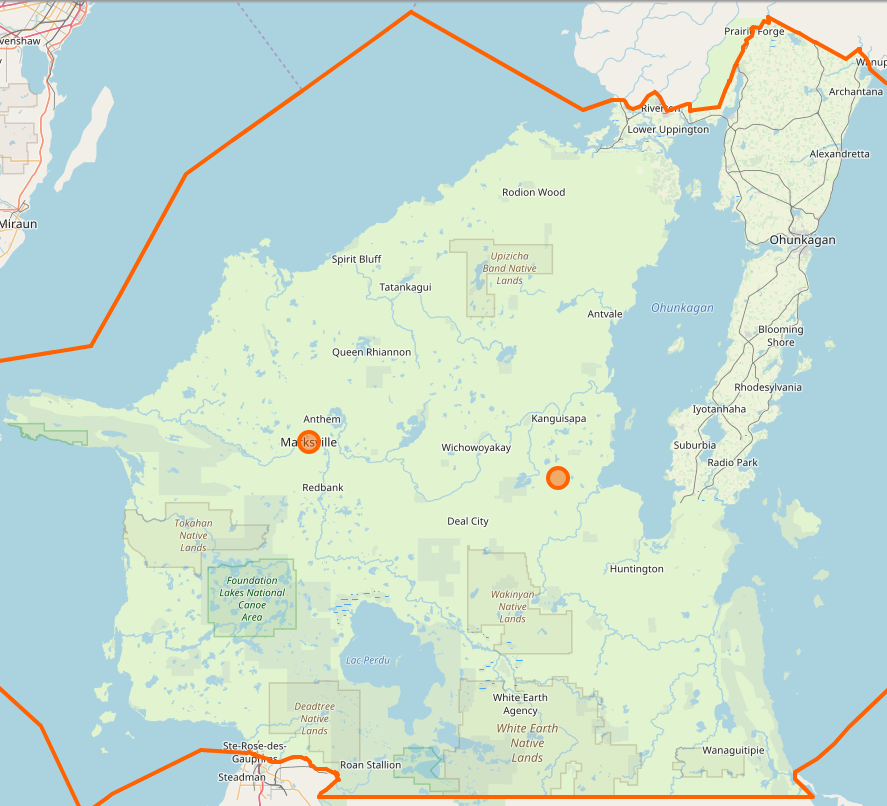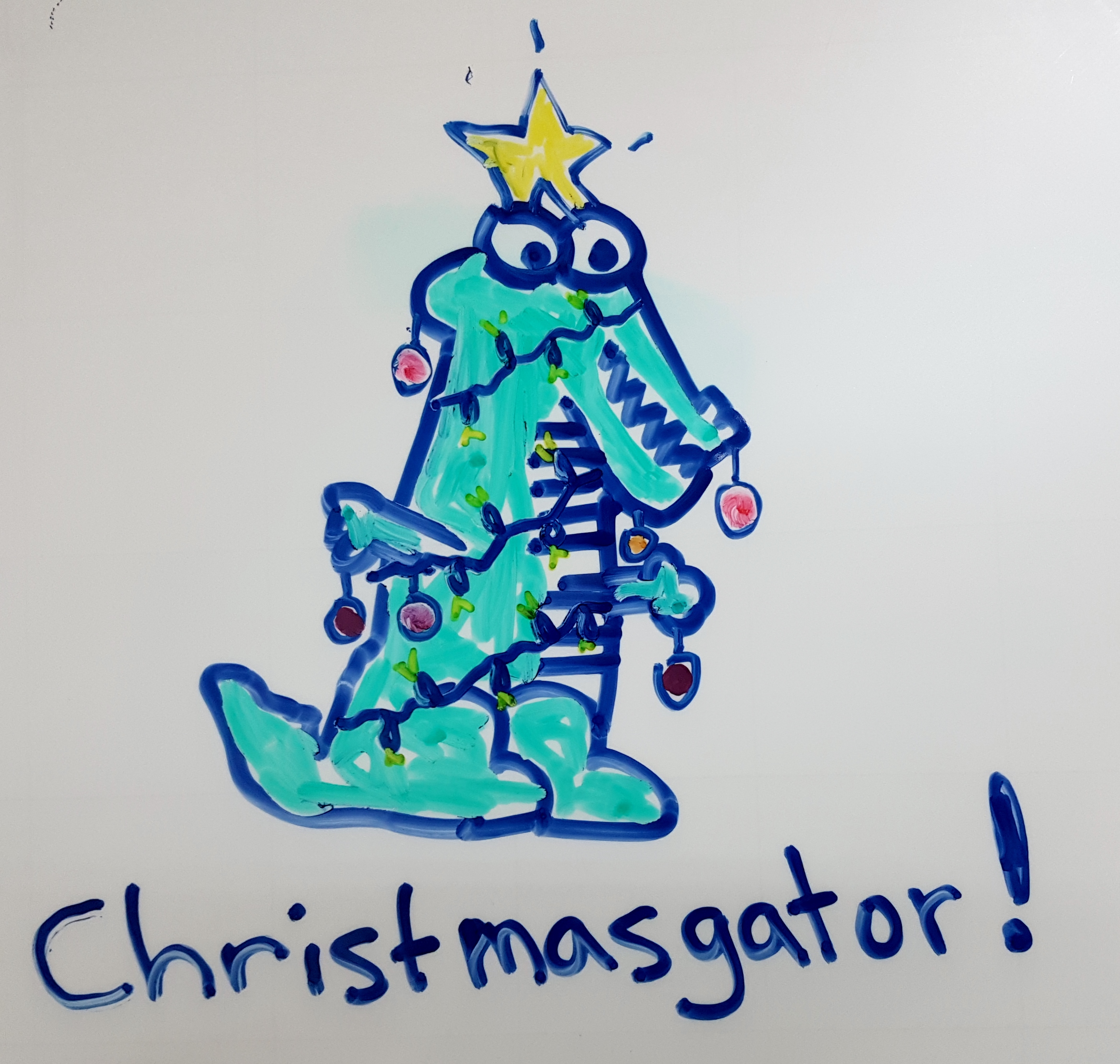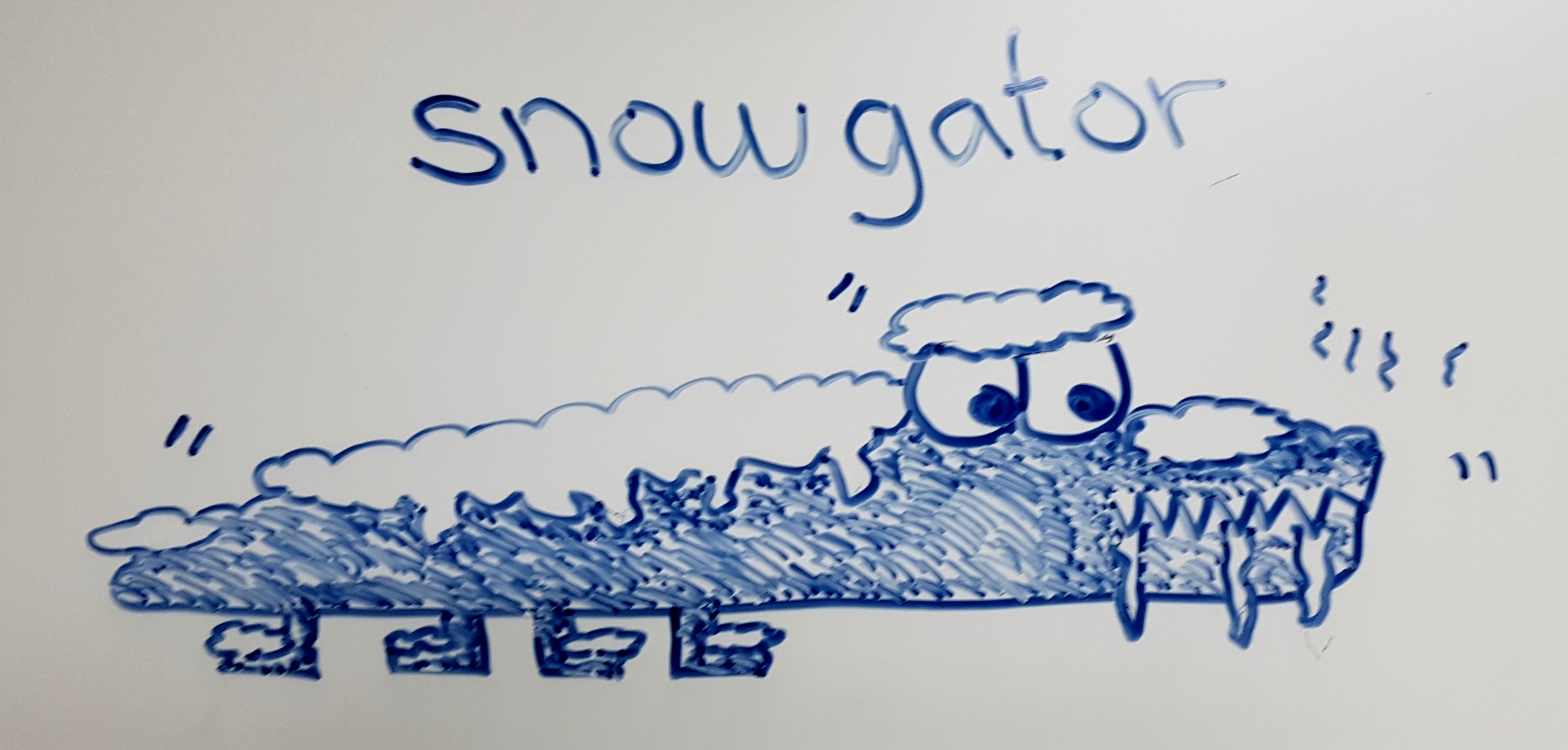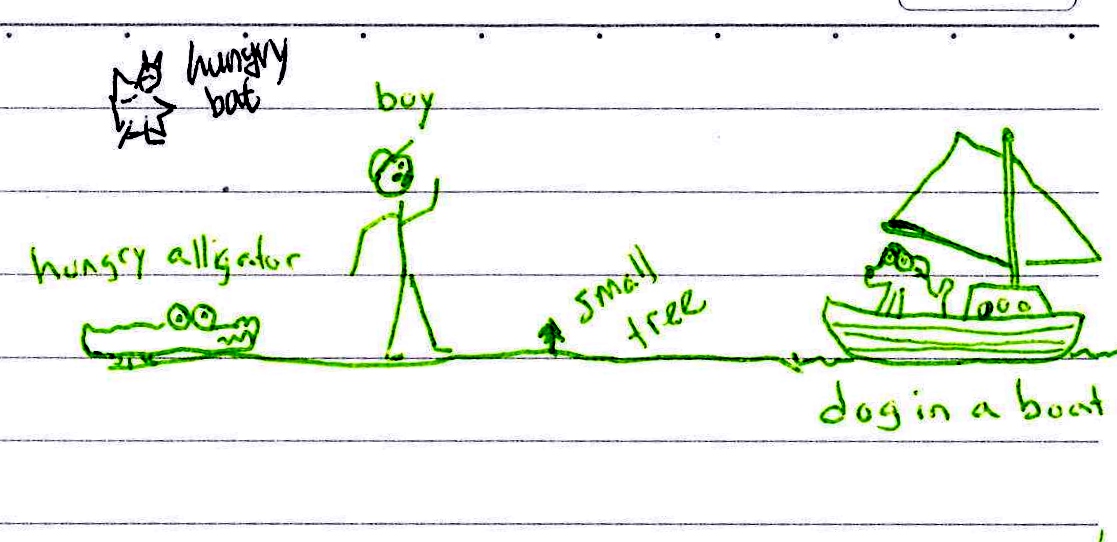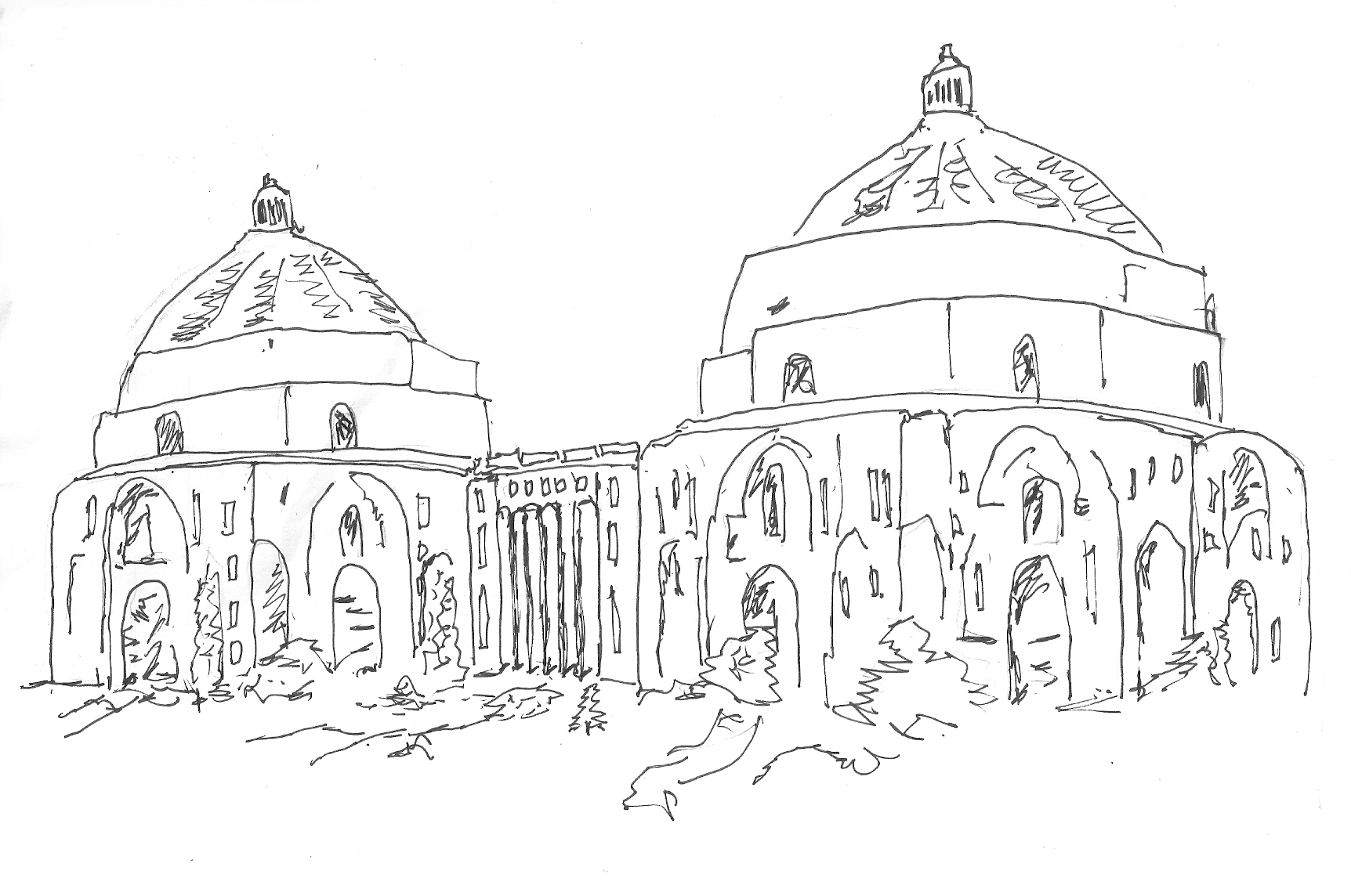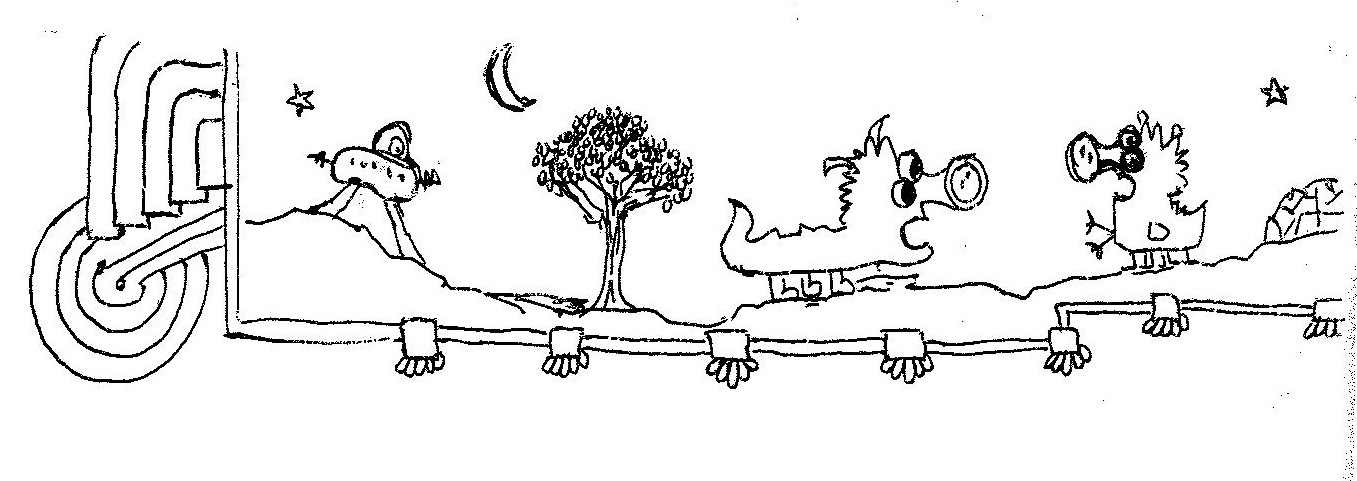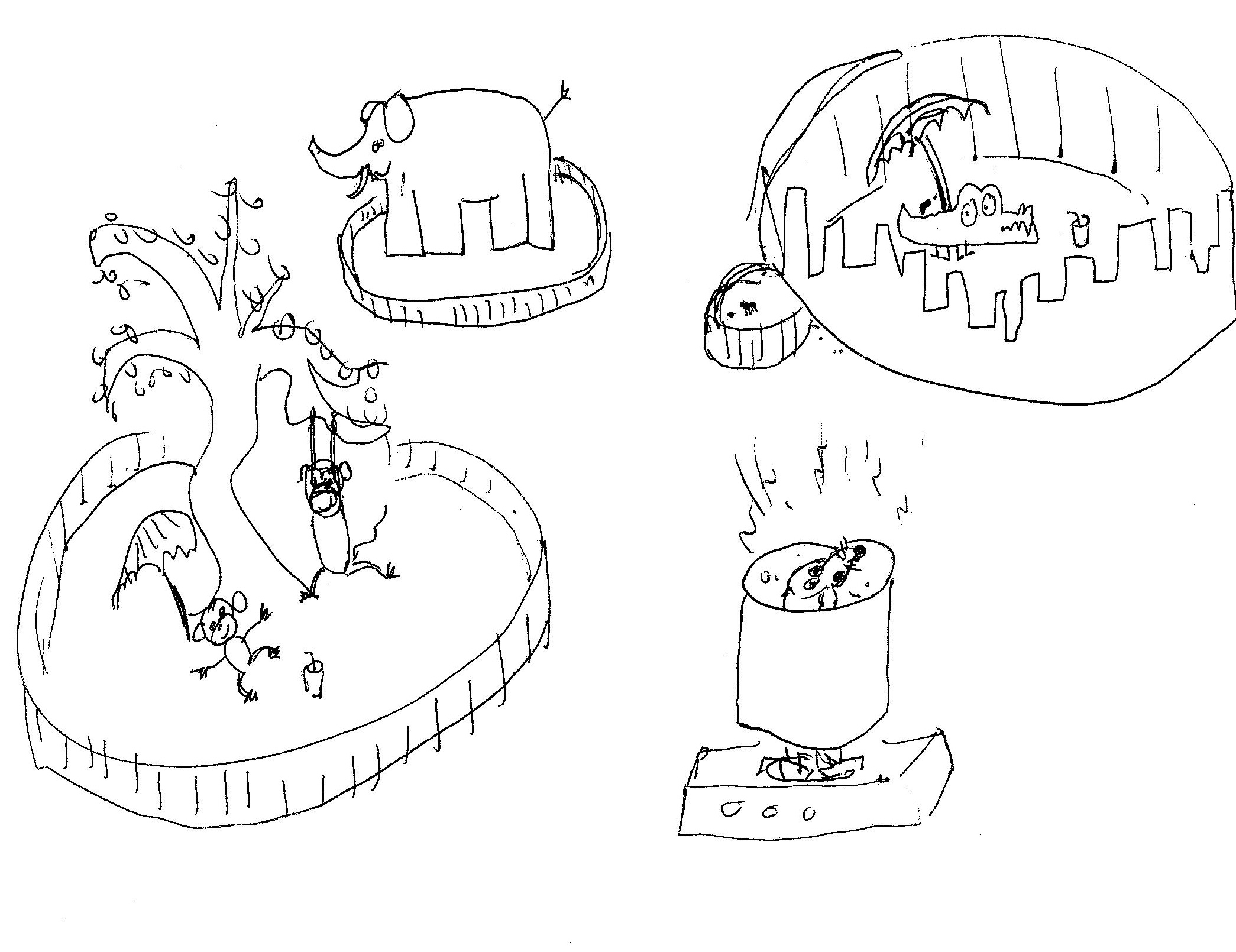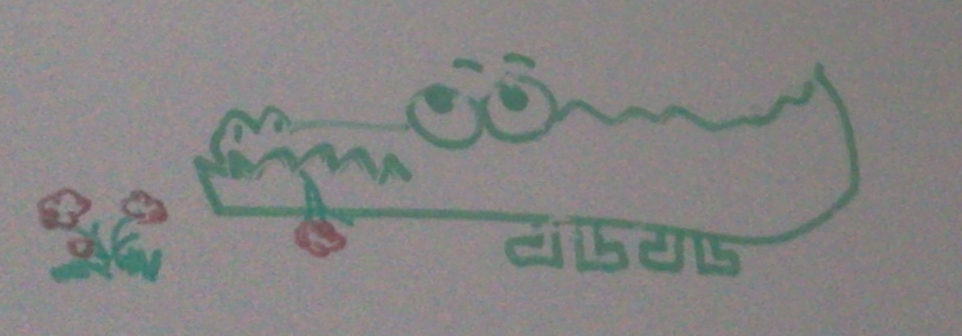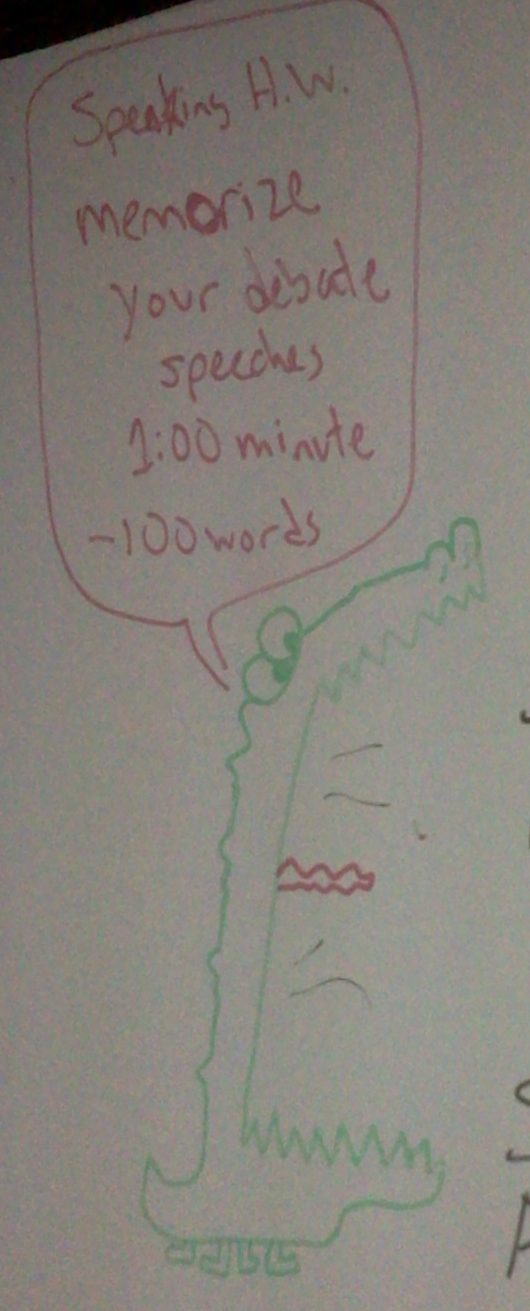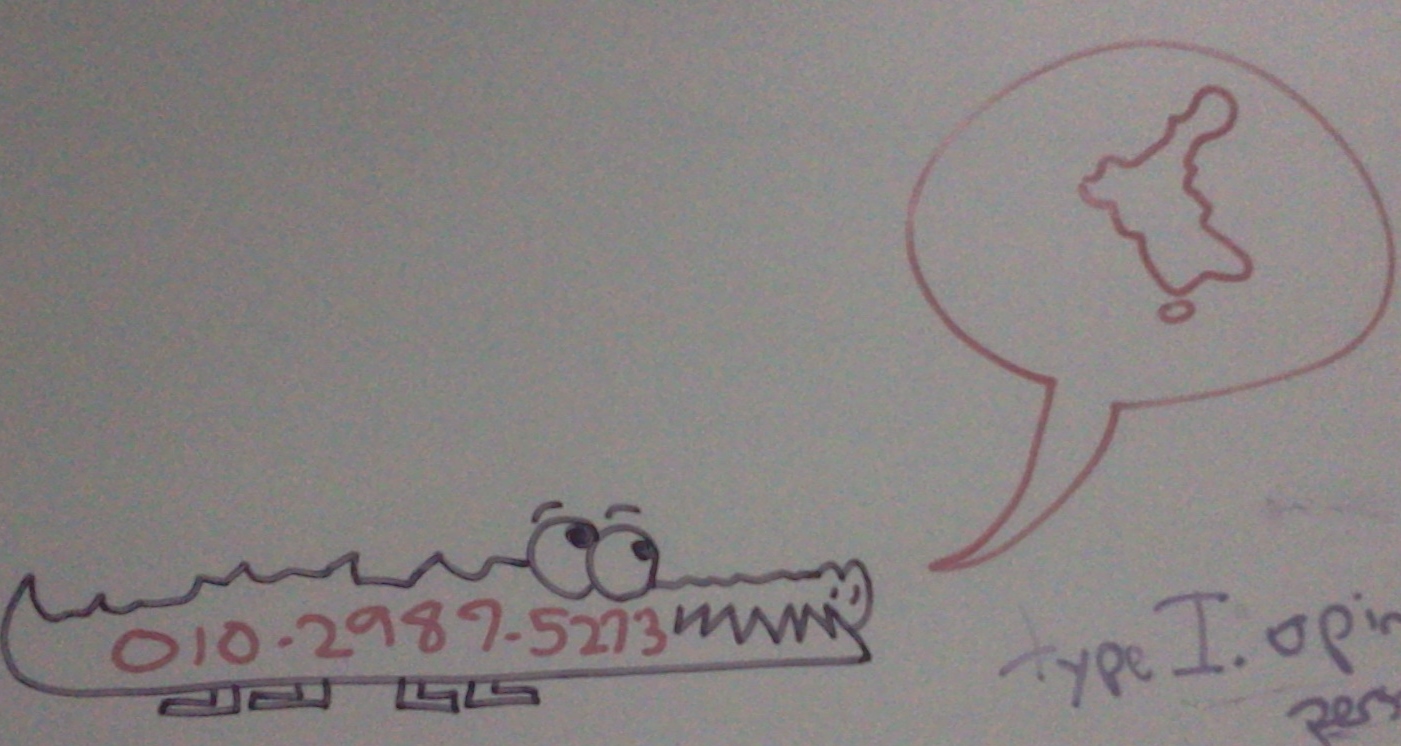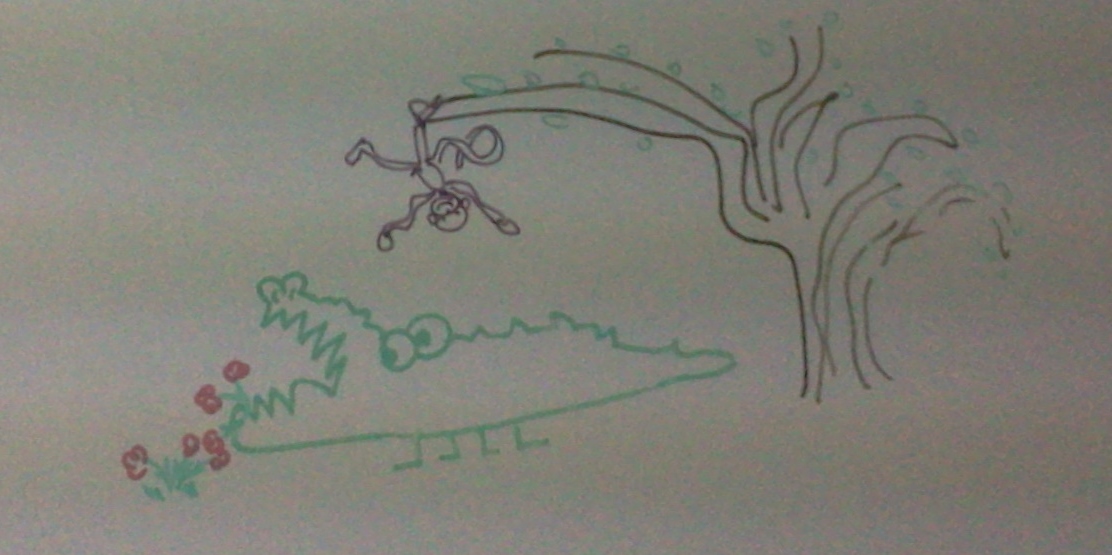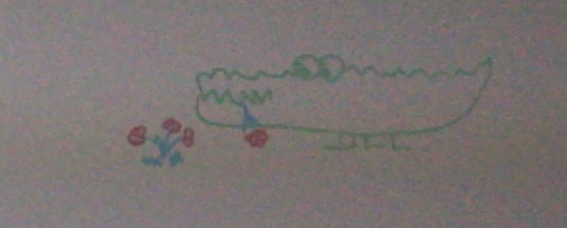It’s become clear to me that I enjoy enumerating things. I have been enumerating poems and trees with some success.
So recently I (re-)discovered the consolidated giant pile of my undifferentiated artwork, dating back to as early as 1971. I had shoved all the “portfolio cases” containing this stuff under one of the many beds Arthur maintains in the attic, and was reminded of them recently when he and I were looking for something and tearing the house apart.

I’ve been hanging on to all this material over the years, and adding to it occasionally, too. I want to make sure I have digital copies of everything. And what better way to catalog it than to blog it?
I’ve therefore decided to introduce a new enumerated topic for this here blog. I enjoy the fact that I’m living here with my uncle Art (Arthur), but that he has nothing to do with this series.
These will be scans (low-tech, i.e. done with my phone camera) of my artwork over the years. Some of it is from my childhood. These are not meant to represent great or even good art. These are mostly just memories. I’ll attempt to estimate a date of composition for each one presented. I will not attempt any kind of system or order of presentation.
There is one specific subset of my artwork that will not be included here under the Caveat: Art heading: my many hand-drawn maps and geofictions. I will post these Paper Geofictions in a different series, over at my other blog, which is specifically – though pseudonymously – dedicated to my geofiction activity.
Here is the first one. It is a picture of my dad’s car. I think I painted this around 1972 (age 7).
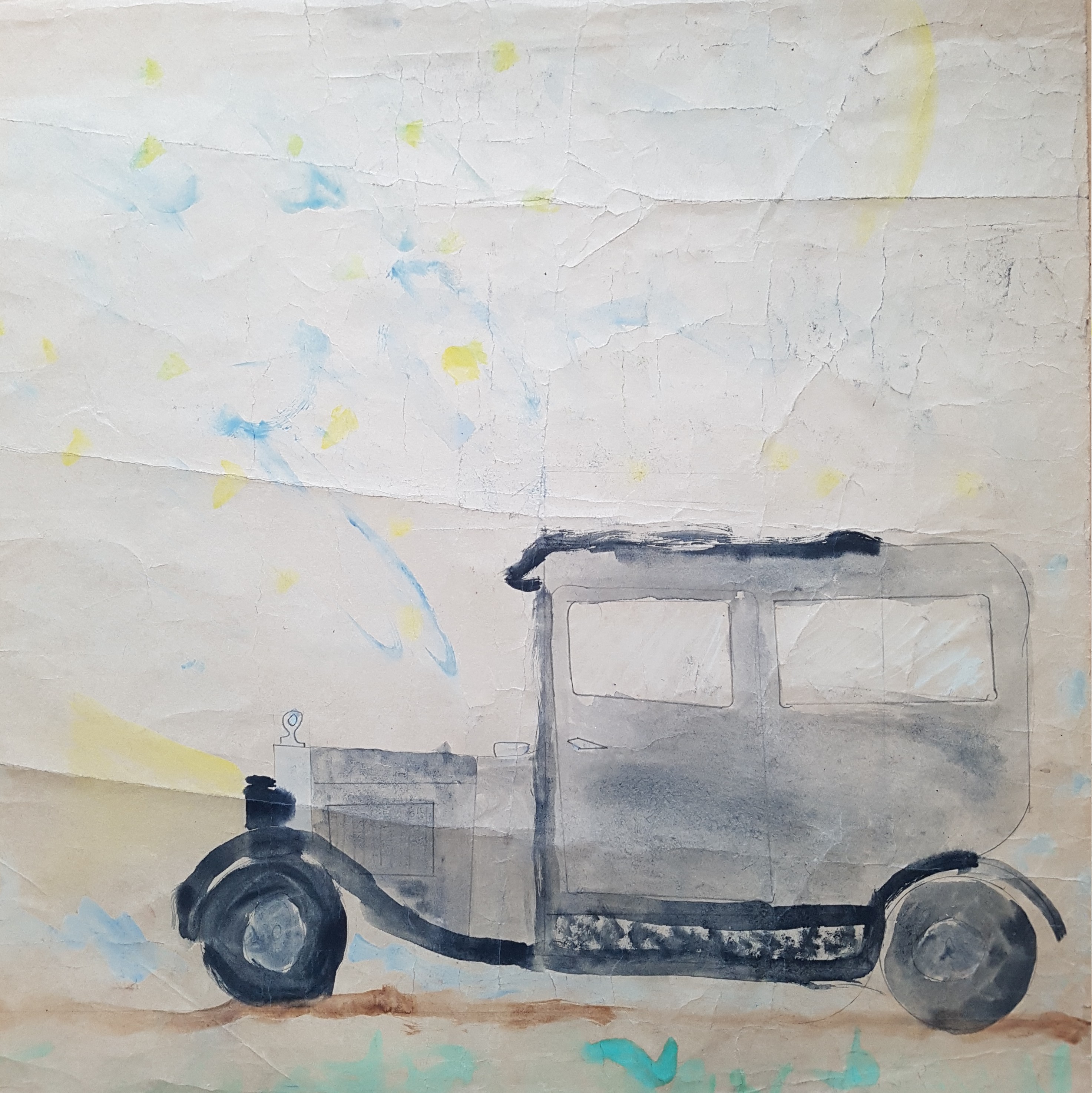
![]()
Category: My Drawings & Paintings
Caveat: A Philosophical Comic
I have a vivid memory of having posted this before. I drew it in 2009, I believe, or late 2008. I can’t find it on this here blog, and I ran across the paper copy recently in some old papers I was going through. So I’ll post it again.
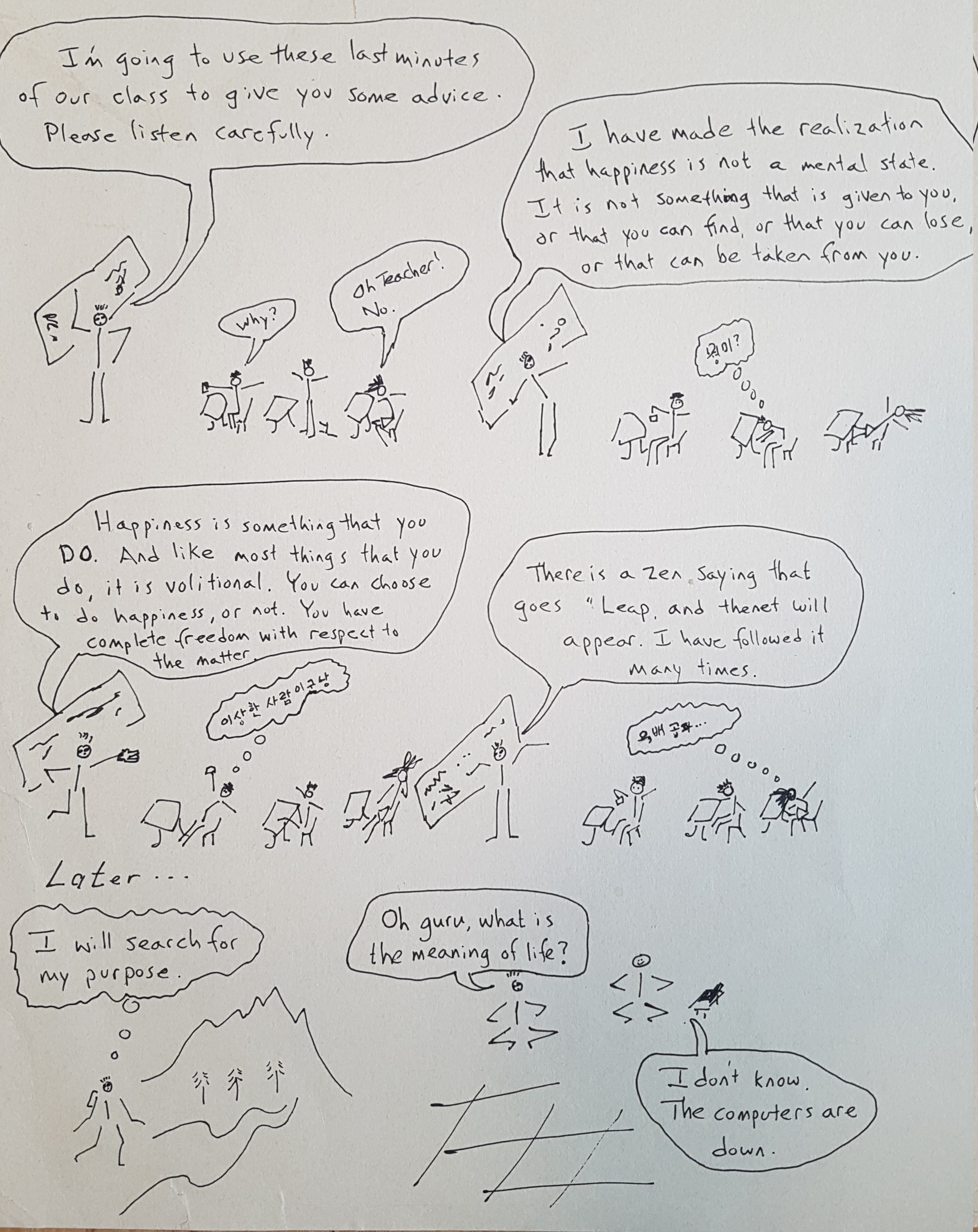
I’ll also post the text of it, this time, so that it is more “searchable” in the future.
Teacher says: “I’m going to use these last minutes of our class to give you some advice. Please listen carefully.”
Student 1 says: “Why?”
Student 2 says: “Oh Teacher! No.”
Teacher: “I have made the realization that happiness is not a mental state. It is not something that is given to you, or that you can find, or that you can lose, or that can be taken from you.”
Student 2 thinks: “뭥미?” [What is this shit?]
Teacher says: “Happiness is something that you DO. And like most things that you do, it is volitional. You can choose to do happiness, or not. You have complete freedom with respect to the matter.”
Student 1 thinks: “이상한 사람이구낭.” [Jeez, this guy is weird]
Teacher says: “There is a zen saying that goes, ‘Leap, and the net will appear.’ I have followed it many times.”
Student 3 thinks: “오, 배곱하…” [Ugh, I’m hungry… (I’ve misspelled the Korean)]
Later…
Teacher thinks: “I will search for my purpose.”
Teacher says: “Oh guru, what is the meaning of life?”
Guru says: “I don’t know. The computers are down.”
This comic is the origin of the “distillation of my personal philosophy” that appears at the end of my little “author bio” that is in the right-hand column of this blog’s current incarnation.
![]()
Caveat: Tree #469
This tree is not like other trees. This tree was created in my imagination, to accompany a narrative I was constructing for an elementary-aged student in April, 2017, in Korea. I often would draw pictures and tell stories to students, as a way to motivate intrinsic learning. This is from one of the frequent one-on-one sessions I’d had.
The tree is at the center of the picture. It doesn’t appear to have played a major role in the narrative, but I can’t be sure. The student drew the bat in the upper left.
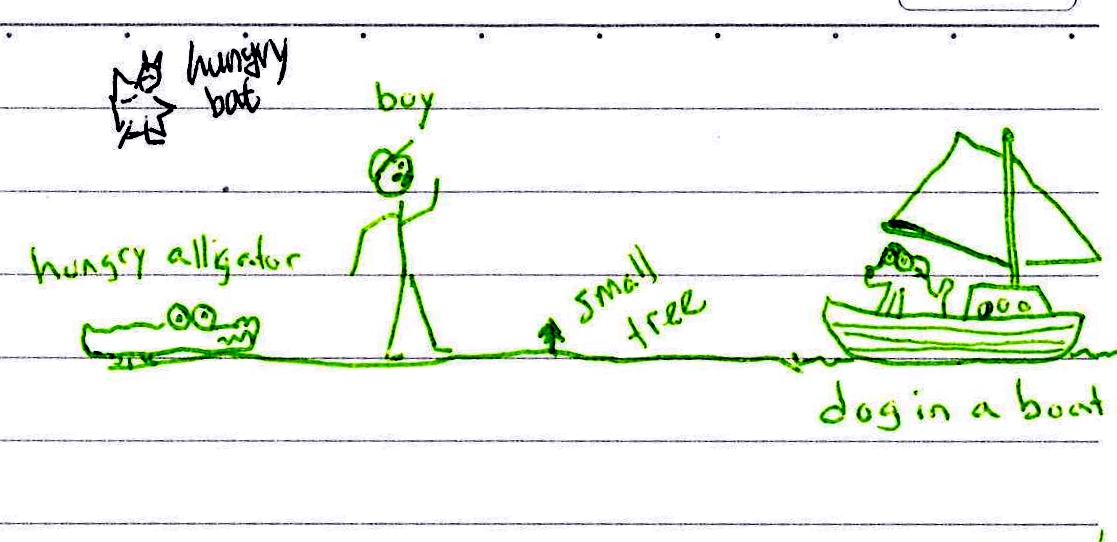
![]() [daily log: walking, 2km; chainsawing, 1hr]
[daily log: walking, 2km; chainsawing, 1hr]
Caveat: documentation of my geofictions
Some of you might recall, I have another blog, besides this one. I maintain that blog mostly because this here blog is tied to my real-world identity, but I prefer to remain a little bit anonymous (obfuscated and pseudonymous more than truly anonymous) on the geofiction websites where I work and interact on what is really one of my main hobbies. I don’t post there very often – nothing close to daily, as I do here. A few times a month, on average. So this morning, I ended up writing a quite long entry on that other blog. It also has a number of included images, etc., so rather than reproduce it here (which would be complicated because my two blog platforms are truly independent, and I’ve got them configured quite differently), I’ll just give you a link:
Documentation of my geofictions, at blog.geofictician.net. Consider this to be my blog-post of the day, but off over on that other blog.
[UPDATE: On reconsideration, I’ll directly cross-post (cut-paste) that entry here following, for posterity’s sake.]
I was inspired by a recent bit of “OOC documentation” by the OGF user donnamaw (here) to discuss, if only in outline form, the real-life origin stories of my various geofictions. How and when did I invent, in my imagination, the various places that I have drawn (or attempted to draw) maps of? The order in which these places were drawn or introduced to geofictional spaces is not the order in which my mind created them. Here I’ll try to present them in the order in which they were first imagined.
Rahet.
Rahet is a planet. It has four main continents, which bear a reliable suffix meaning “continent,” -eye (pronounced as IPA /eje/). The history of Rahet is one of human colonists settling a desert planet and terraforming it over 1000’s of years. The terraforming process is frequently interrupted by squabbles among the factions that emerge, but nothing is stable, and few nations and groupings last more than a few generations. The technological level is high but unequally distributed – you have spaceships and artificial intelligent machines coexisting with spears and chariots. There is a particular faction, led by a machine named “Zon,” which keeps the terraforming project more-or-less “on track,” but often at the cost of moral clarity. All of this was developed in my imagination beginning around the age of 10. I was a bit precocious as a child, and by 10 I had read the Lord of the Rings, the Dune books by Frank Herbert, and numerous other pulp sci-fi works by authors such as Andre Norton, Alan Dean Foster, and Harry Harrison, among others. These types of works influenced my thinking about Rahet, and by age 12 or so I had a quite clear picture of the planet’s historical trajectory and some of the key elements of the culture. I began drawing maps early. Most were focused on the continent called Tsiqeye, which is where the earliest settlements were established, around a rock formation called Redithk Illim (which resembled in my imagination Wyoming’s Devil’s Tower, but much larger). I remember drawing out an outline of the continent with coastlines and major rivers at around age 11, taking it down to the photocopy store (such as life before scanners and cheap, high quality printers), and making a hundred “blanks.” I numbered them at 50 year intervals (thus covering 5000 years of history), and then drawing a series of historical maps for the nation-states, tribes, empires and other factions playing out Rahet’s complicated and intricate history. I wish I still had those maps. A few years ago I uploaded Rahet to my new geofictician server, but later deleted it, deciding I wasn’t ready to dedicate an entire server to the project. Here is a (sadly blurry) screenshot from that time when it was uploaded.
Rahet has remained a constant in my imagination ever since my pre-adolescent years. Note that the name is an anagram of “Earth.” Here is a map I found just recently, of the Rahet continent called Preye. I believe I was in high school when I drew this (early 1980s).
Ta Hre.
Ta Hre is another planet that was created around the same time as Rahet. It exists in the same universe, but rather than being an earth-like, terraformed planet it’s an airless moon, with people living in pressurized “cities” laid down in craters and canyons in the moon’s surface. I never really attempted to draw maps of the planet as whole, but I did draw many of these enclosed cities – often not just standard airplane-view maps, but also elevation diagrams of the various levels of the cities, since they were fully three-dimensional. Ta Hre is another anagram of “Earth,” of course.
Mahhal.
Mahhal is a few years younger than Rahet. I created it in high school. In fact, it started as two separate planets/cultures that I merged into one when I was in college. The first, which gave the name of the planet, Mahhal, was created as a kind of “antagonist” to Rahet. I had started trying to write a novel about Rahet, and I needed some “bad guys” so the novel would have a strong life-or-death conflict. I created the Mahhalians as an alien group who arrived at Rahet at some point and attempted to conquer it. They mostly failed, but they maintain outposts and fight occasional skirmishes with the Zon faction which works to protect Rahet’s independence. Over time, I created the Mahhalians’ background, including a conlang and ideas about their culture and planet. They are a kind of dystopian theocracy, but very high tech. They are humanoid (and in my never-completed novel, I leave as a kind of open mystery whether the Mahhalians are mutant humans or an unrelated species). They live on a world that is currently in an “ice age,” thus there are permanent ice caps on both poles and extending to about 40° latitude. Only the equatorial zones are habitable, but the Mahhalians have built vast, high-density cities, often protected by strings of giant domes across the landscape. The other geofiction, created at the same time, I called Pas Daons. It wasn’t a whole planet, but a country. In particular, I created the cities called Derindonderak and Askendom. In its first iteration, Pas Daons wasn’t a high tech or alien society. It was just a kind of alternate Earth, such as would fit in well on OGF today. I drew a detailed “city atlas” on paper of the city Derindonderak, and I still have clear visuals of the city’s layout, its topography, street plan, etc. However, by my second year in college, I’d “borrowed” Pas Daons to give more detail to my Mahhalians, and thus Derindonderak became the commericial capital of Mahhal, and I came to see Pas Daons as a “historical snapshot” of the more advanced Mahhalians. Rahet/Mahhal and the novel that was set there were abandoned when I moved to Mexico, and lay dormant until I attempted to resurrect Mahhal as an OGF archipelago in 2015. I had to make a lot of compromises with respect to my original vision for the Mahhalians – they had to be demoted from high tech, planet-controlling aliens to mediocre humans confined to a high-latitude archipelago. They retained their dystopian theocracy and conlang, however. At this point, I consider my effort to port Mahhal into OGF to be an abject failure. I became dissatisfied with the compromises I felt I’d been forced to make, and my hope to recreate the seething metropolis of Derindonderak (so vivid in my imagination) was disappointing. I retain a “rump state” version of Mahhal in OGF mostly to justify the existence of Tárrases (q.v. below) – and because I just like the name. It’s my oldest and most closely cherished imaginary name. Here is Mahhal as currently drawn on OGF (and link to boundary relation):
Rasf-sayan.
Rasf-sayan is another geofiction I developed in high school. In its first incarnation, it was a parallel-earth Caribbean island with a conlang meant to resemble a native American language. I modeled it socially and culturally on Haiti. I didn’t start a novel about Rasf-sayan, rather, I started an epic poem about a character named Aochra. He is fighting corruption and trying to save hopeless lives mired in poverty. He’s kind of a cross between “Blade” and Bob Marley. I drew lots of detailed paper maps of Rasf-sayan in high school, mostly focused on the main city, Poer-rasf-oa. At some point in college, I hijacked Rasf-sayan for my Rahet project. The hijacking was thorough and I don’t regret it. Rasf-sayan became an island on Rahet, in the sea between the continents of Preye and Sekieye. Rasf-sayan is mired in poverty because it is one of the pockets of Rahet controlled by the ruthless and inhumane Mahhalians. They have one of their space elevators anchored on the island, that allows them easy access to and from the planet. In the Rahet novel, the main character is trying to reach Rasf-sayan, because he needs to get off-planet. That’s his McGuffin that drives the plot. He meets Aochra, as a supporting character, and who is double agent – nominally working for the Mahhalians, but secretly allied with the Zon. Ultimately, any geofiction I draw of Rasf-sayan will be located and integrated to Rahet. Here is Rasf-sayan on Arhet, as of right now.
It’s barely started. But I retained it when I deleted the rest of Rahet and made it into Arhet (see what I did there?), because I thought I’d work on it at some point.
Ardisphere.
Ardisphere had a strange genesis. There is a novel by Vladimir Nabokov, entitled Ada. I believe there is a bit of geofiction (or at the least, alt-history) in that novel, since the Russians seem to control North America. An important setting in that novel is a place called Ardis Hall. I must acknowledge that that is the origin of the name Ardisphere. But… the imaginary country came after the name, by a few years. At first, I remember using the name Ardisphere for an early website I developed, as a kind of alternate identity where I would present my geofiction ideas or half-made novels. I made my first website in late 1994 (the web was only 2 years old at that time), on a thing called geocities – an early free website hosting service. I had a “professional” site that I used for my work at that time, and personal site, that was called Ardisphere. It was only a few years later, after I allowed the Ardisphere website to pass into internet history, that I started using the same name for an imaginary country. I had started a novel in which a group of refugees from earth, traveling in a sub-light-speed “generation ship,” arrive in another star-system with an earth-like planet, inhabited by a alien race that has a technological level similar to humanity’s. As refugees, the aliens decide to grant to the humans a few thousand square kilometers of mostly desert land they aren’t much using, to build their own refugee country. I drew a detailed map of Ardisphere. Since many of the refugees were from Latin America, most of the cities ended up with Spanish names. Hence Villa Constitución, Cerro y Casa, Puerto Desolado, El Cabo, Palmeras Grises. The names were such as I imagined a modern group of Spanish-speakers might apply to the alien planet they were colonizing while focusing on the ideals of their “new earth.” The novel was about a point in time about 100 years after the building of the settlement, at a point when aliens and humans have started to coexist in a hybrid culture. The novel, like all my novels, never reached any kind of finished state, but it included “Clarkean” magic (i.e. “any sufficiently high technology is indistinguishable from magic), criminal gangs from poor neighborhoods (the slums of VC), aliens engaging in conspiracies to control the humans they’ve welcomed to their planet, and humans doing the same in return, etc. The novel also has the seed of what later became the Cartographers and Cyclopedians – freemason-like secret societies that play a large role in the evolution of life in the country. Interestingly, in the original map of the Ardisphere, it was a peninsula. When I first stumbled across OGF in early 2014 and made an account, I took the only green country I saw at that time, AR025. That wasn’t a peninsula. But I’d already decided to make Ardisphere my first OGF creation. That was partly because I felt that, among all my sci-fi geofictions, it would be the easiest to adapt to the OGF “real world” style setting. I had to rearrange the geography completely to fit the peninsular Ardisphere of the novel into the oddly shaped, mostly land-locked territory in western Archanta. But I consider the adaptation to be successful: I cannot visualize Ardisphere at all in my mind now, without calling to mind what’s become the iconic shape of AR025. Since aliens weren’t allowed on OGF, and since I was living in Korea at the time, I made a spur-of-the-moment decision that my Ardispherian aliens would be Koreans. I don’t regret my decision. The Latin/Korean hybrid that OGF Ardisphere became is intriguing and has a lot of interesting cultural details. I am currently undecided as to the fate of the OGF version of the Ardisphere. One part of me still eagerly wants to complete (or more accurately, restart) the novel set there, with changes to “fit” the OGF setting. I see it as a kind of thriller/detective novel set mostly in VC, with travels to other OGF places – Jeongto, Tárrases, Ohunkagan, Gobras City… Further, It was only after embedding Ardisphere in OGF that I began imagining my characters might become aware they were in a geofiction, and begin manipulating it. This has given a great deal of new interest and impetus to whatever plot I finally come up with. Another part of me wants to restore the aliens and the high tech magic and re-draw Ardisphere on its own server, unconstrained by OGF’s strictures about verisimilitude. I also feel like removing Ardisphere from OGF because I’ve been so inactive with mapping there, and I feel it is not fair for me to occupy territory on OGF that I’m not actively working on. Here is Ardisphere as currently drawn on OGF (and link to boundary relation):
Lekista.
I started a novel in around 2002 which was set in a steampunk universe, but in which the main character was modeled on Augusto Pinochet, of all people. I had been reading Pinochet’s autobiography, and I had had this thought: “That is a seriously sociopathic dude. There needs to be a fictional version of him.” So the story was, roughly, parallel to Pinochet’s life, and written from his perspective, but through the book you realize that the protagonist is a brutal dictator and he’s not a reliable narrator. It’s one of those “psychopath as protagonist” books. I wanted to create a parallel Chile, as a place where the novel takes place, but I wanted to change the details enough that it wasn’t recognizable as Chile. So I made it a steampunk setting, and I created a somewhat alien culture. Instead of creating a conlang or using Spanish, as in Chile, I made what still feels like an inspired decision to “hint” at a conlang, but not bother with actually creating it. Thus all the place names in Lekista are “translated” into English. You have the country’s capital, Holy Brighthorse. Other cities such as Castlepass, Feast Mountain, Dogschild, etc. The names lend a bit of a native American feel to the story and setting, since a similar thing occurred with a lot of native names, especially on the Great Plains: Sitting Bull, Red Lake, Crazy Horse, Moosejaw, etc. Eventually I gave up on the novel. I found fake-Pinochet’s mind too uncomfortable to inhabit. But I was quite pleased with Lekista, and drew many paper maps of the country and its cities. In 2013 I drew a map, just a sketch, where Lekista was integrated to Rahet. So as of the present moment, Lekista is just one of the many hundreds or even thousands of polities that exist on Rahet. I think one of the things I like about Rahet is that its diversity allows it to “host” so many of my formerly independent geofictions. Here is Lekista in JOSM.
Senhar.
At some point while developing Ardisphere in 2015, I began thinking about Ardispherian religion. In the original, novelistic Ardisphere, religion and strange beliefs about psyche and the paranormal play a major role. But it’s largely “alien” and tied in with the aliens who intermingle in Ardispherian society. That was not an option for OGF Ardisphere. So since the aliens had become Koreans, it seemed logical for the alien religion to become … Buddhism. I created Gautamism as the OGF version of Buddhism, and made it the main religion in Ardisphere. Bear in mind that since the late 1990s, I myself have been a semi-practicing Buddhist, so this is not a stretch for me. In OGF-world, though, names must be changed. And source places, too. I invented Senhar to be the home of OGF Buddhism, and began drawing maps of it offline. It is meant to be an equatorial island nation, modeled on Sri Lanka (not the real home of Buddhism on earth, but an important nation for the historical development of the religion nonetheless). But in the center of the large island I placed an extreme highlands (over 5000m), which would allow me to also include an OGF Tibet. Thus Senhar is a Sri Lanka / Tibet hybrid country. Since I have zero competence in the Tibetan and Sinhalese languages, I decided to go the conlang route, and invented a Senharian language that would be a bit based on Korean (which I do know) but written using Tibetan characters. Here is a screenshot of Senhar from JOSM, which is where it exists for now, with incomplete contour work.
If anyone ever creates an OGF India, it would be my intention to petition admin, at that time, to allow me to place the island of Senhar off that country’s coast.
Tárrases.
I created Tárrases exclusively because I felt I needed to try to make a microstate where I could focus and develop my mapping skills using JOSM and OGF. I wanted something I actually could “complete” in a reasonable amount of time. Secondarily, I wanted a place where I could allow my two main OGF societies to “meet.” Hence Tárrases was inspired by Spanish (Ardispherian) and Mahhalian cultures. I placed it as a libertarian enclave in dictatorial and theocratic Mahhal – a kind of Macau or Hong Kong to a Mahhalian China, in a geopolitical sense. I believe Tárrases is my finest and best-developed geofiction to date – exactly as it was intended. I’m very proud of it. As I was mapping it, I thought a lot about what kind of culture it was. I wanted something with maximal contrast to Mahhal’s rigidity, so I settled on a kind of libertarian-anarchist state. In fact, I was inspired by Tamarindia, which I pointed to at the beginning of this write-up. Tárrases was founded by pirates, who “stole” a Castellanese colony by making an unholy alliance with the Mahhalian aristocracy. They went “legit” and the Carapreta Dynasty, founded by the pirate Omar, has survived for over 200 years. Here is Tárrases as currently drawn on OGF (and link to boundary relation):
Kshang.
I still believe in this project, but I’ve negected it hugely. I would someday hope to resurrect it in a more hospitable setting than hapless Rhododactylia. The
Kshang are imagined as a parallel to one of the many ethnic groups in South Africa (since I’d decided somewhat arbitrarily that Rhododactylia was a kind of OGF South Africa, maybe). I think in fact the Kshang began as a conlang, and the geofiction came later. It’s possible that I had a conlang that looked like Kshang even in high school. And I remember sketching maps for them, too, but they weren’t very detailed. It was meant to be a pre-modern society. But I know Kbloniksbhag (Bone House) was the “capital,” such as it was. I spent more time developing the Kshang religion and culture, and thinking about life in a traditional Kshang village. I think my effort to place the Kshang as a major ethnic group in Rhododactylia was a failure – mostly because I lost hope of that country ever being in any way a coherent geofiction at all. They need a home of their own, a little OGF Botswana or something. Here is Kshang as currently drawn on OGF (and link to boundary relation):
Bofobunda.
I invented Bofobunda in 2016 (I think) at a point in time when I was thinking of a way to make West Commonia culturally interesting, in the way Gobrassanya is interesting. I had orchestrated the “divorce” of West Commonia from Commonia, and so I had intended to place some mapping there. I wanted a stand-alone project, so I created the Bofobundans. I got distracted by their language and culture, something vaguely southeast Asian but with a conlang written with the Farsi (modified Arabic) script. So I never uploaded any of the mapping to West Commonia. And I’m glad I didn’t – someone would have surely destroyed it beyond recognition by now. I “rescued” the Bofobundan culture from obscurity by placing them as a small minority in Ardisphere, with a concentration of population at the city of Lagartopolis, where they have a large, famous mosque. I would like to work on that more. Their home country remains unmapped. Here is the capital of Bofobundah, the city of Zhebeyem. This was my first experiment with contours and maperitive – a largely failed experiment.
Makaska.
Makaska is my newest OGF project. Currently, I view its success as second only to Tárrases, and on a much larger scale. Unlike Tárrases, it’s far from finished. Like Tárrases, I think Makaska has been successful partly because I created it for OGF. It’s OGF-specific, and thus I don’t feel any regrets about editing out any formerly existing inverisimilitudinous elements, due to OGF’s rules. Once I’d kicked off the FSA project, I began thinking about how I could participate by taking on my own state, on the principle of “lead by example.” I wanted to make an exemplar FSA state. My thoughts turned to my years living in Minnesota. I had studied the Dakota language in college, there, and since I wanted my FSA state to have a strong “native” presence, and I wanted it to feel authentic, an OGF Minnesota seemed logical. I pulled out my trusty English-Dakota dictionary from college, and got started making up names. So far, I’m happy with it. It’s a work-in-progress, and is my main “active” geofiction, right now. Here is Makaska as currently drawn on OGF (and link to boundary relation):
Deadlands.
The Deadlands is not the same as the other geofiction projects, above. The background is that for a while while living in Korea, I resurrected an old habit I had from the late 1980s – I started playing MUDs (text-based computer role-playing games). But when I started maintaining my own Linux server in 2016, I went further. I decided I should build my own MUD. So I started to. It’s currently offline, regrettably. It’s called Hellbridge, and it’s a post-apocalyptic/fantasy hybrid that takes place in an inverisimilitudinous setting called The Deadlands. Here is a screenshot of the Hellbridge MUD login.
My intention was to actively integrate the OSM-style slippy map with the game, so that players could follow their progress in the game world with a marker on the website map. So I have been experimenting with non-standard tagging of nodes that I could tie into the MUD database through some kind of customized database procedure, such that a character’s “current location” could be tied to a pin on the map, google-maps style. Here is a map window (leaflet) with a test marker, showing the map-in-progress of the village of Goodgrove – intended to be one of the “starter villages” for new characters exploring the Hellbridge universe.
I don’t know what made me write all this, just now. Perhaps I grew tired of typing out the same explanations over and over on the OGFC Discord, or in conversations in the OGF Forums and diaries. So now I can just point people here. I might add to this write up with more detail over time. Music to do meta-geofiction to:
Caveat: Tree #350
Caveat: Tree #299
Here is a tree from my archives. It is a tree in the front yard of the house where I spent the majority of my first 17 years. I took the picture in 2009, I think.

That tree almost entirely post-dates my years there – it was planted in my childhood but was just a small tree as I grew up. Now it looks more substantial.
Here is another picture I found of the same house, from a different angle, and taken many, many years ago, when there was a different tree in front of the house. That’s my dad’s car. I would guess mid-to-late 1960’s for when the picture was taken.

Continuing that theme, this is the same house again, but with no tree at all. This is my own ink drawing, but done from a photograph of the house that I suspect predates my parents’ ownership by a few decades.
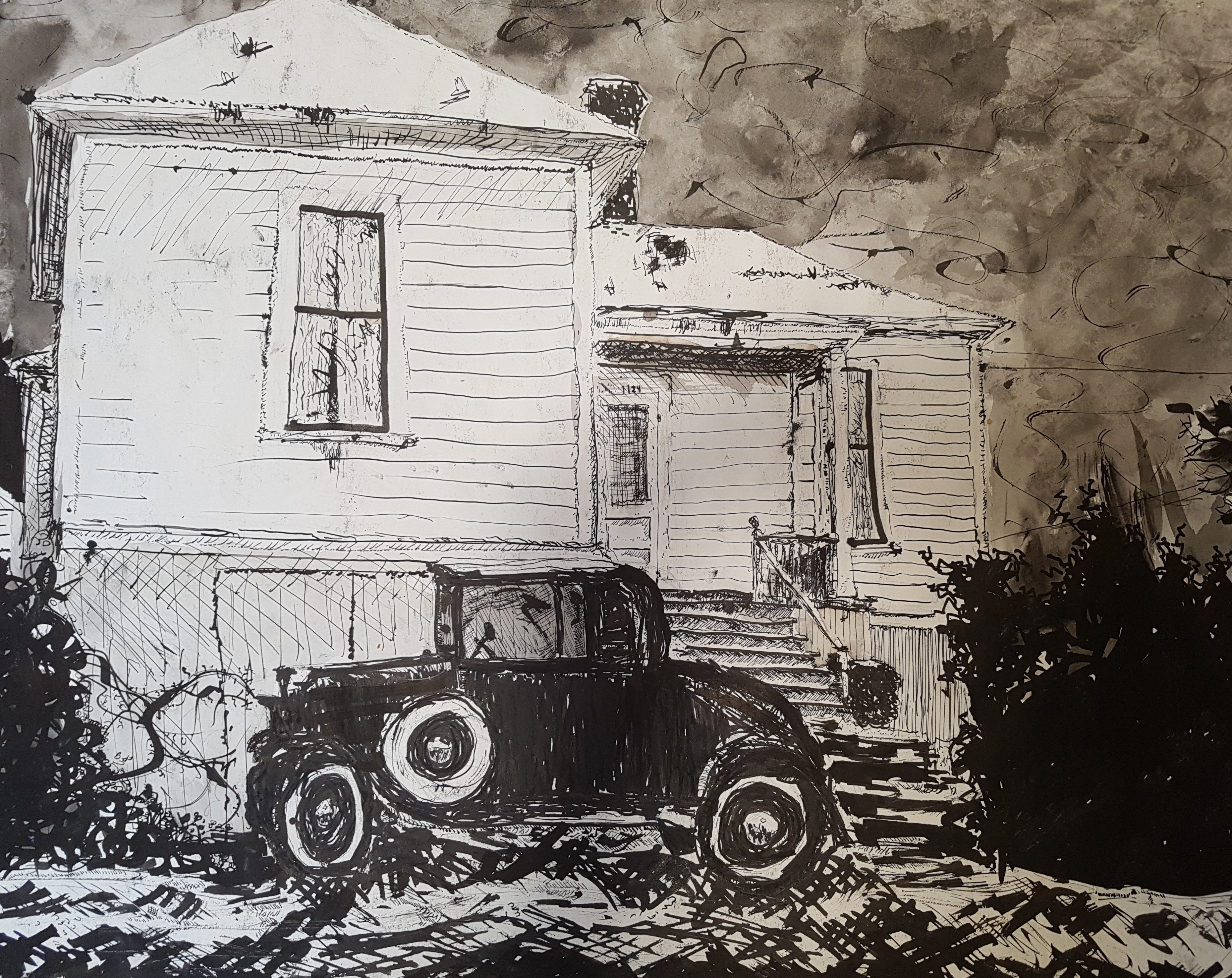
![]() [daily log: walking, 2km; chainsawing, 1hr]
[daily log: walking, 2km; chainsawing, 1hr]
Caveat: Longtime geofictioning
- “Imaginary real estate doesn’t need to be a scarce resource.”
- “Sometimes you want to just toss verisimilitude out the window and map something crazy!”
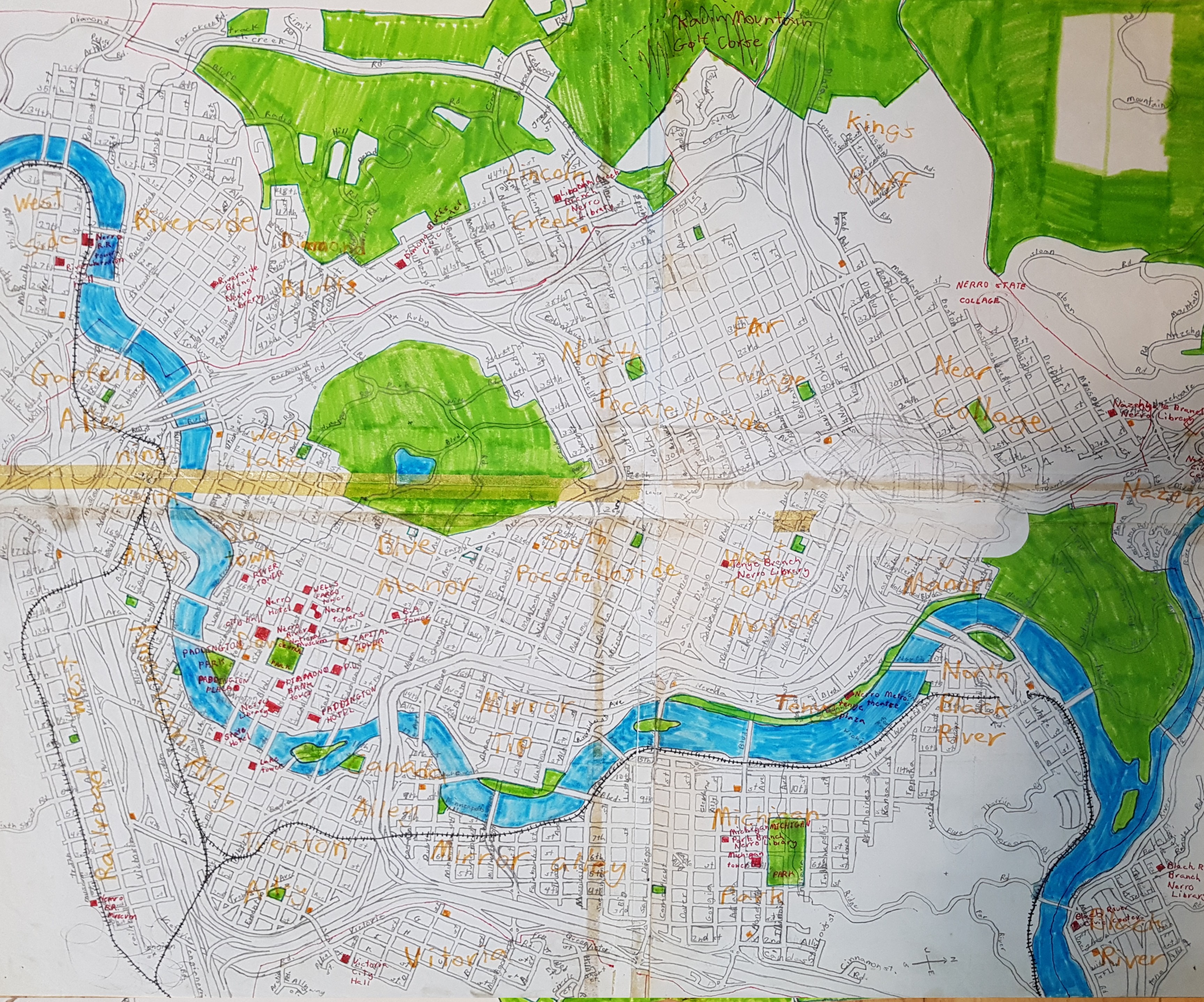 This is the continent of Preye, on a planet with a frequently-changing name (but colonized by those brutal Mahhalians). I drew it probably in high school, but I don’t quite remember.
This is the continent of Preye, on a planet with a frequently-changing name (but colonized by those brutal Mahhalians). I drew it probably in high school, but I don’t quite remember.
 Music to map by: Cimafunk, “Ponte pa’ lo tuyo.”
Music to map by: Cimafunk, “Ponte pa’ lo tuyo.”
Caveat: Tree #260
I had what felt like a somewhat productive day – though in fact it was mostly recuperating ground lost on prior days. I got my map server back working the way it should be. It turned out there was a minor syntax incompatibility between different versions of the database utility that’s used, so the script I was running wasn’t working as expected after a routine upgrade. Software is fun!
I took some steps on my application to UAS. I feel like the end is in sight. And then I can begin.
I failed to photograph a tree. I’m neglecting my blogular obligations…
Here is a tree from archives. It’s not a photograph, but rather a scan of an ink drawing. I made the ink drawing in 1992. It shows the front of the old “San Marino House” – the one where my grandfather grew up on California Boulevard in Pasadena. There are in fact at least two large trees and many shrubs in the picture – the house was quite overgrown with vegetation. So let’s select the tree in darker ink lines on the right, to be tree #260.
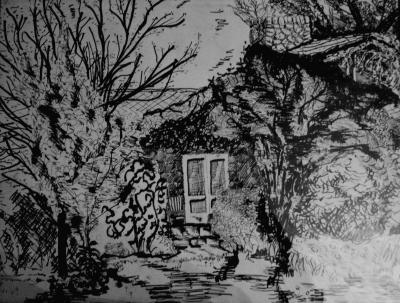
![]() [daily log: walking, 1.5km]
[daily log: walking, 1.5km]
Caveat: Lot 73
One of my major on-going projects since coming here to Alaska has been to assist my uncle in taking the initial steps to “improve” (read “develop” and make buildable) the adjacent lot to the west, which he also owns.
Foremost was the need to build a driveway down the slope toward the water. This was, in fact, the project Arthur was working on when he had his accident – he was trying to survey the western property line so that Richard (the excavator operator) would have some guidance when he came in with his big machinery to cut the driveway.
So when Arthur and I first got up here, we finished that job.
Then Richard came out, starting in September, and cut the driveway. Arthur liked to grumble that Richard was destroying too many trees, but I think his complaints were with the understanding that in the given topography and the limitations of the plan and intention, there wasn’t much alternative in how he had to go forward.
The next step is to get approval for the septic system, since that would have to precede any house construction, obviously.
So I have been working on that. I completed a sketch-draft this morning, after thinking through the most reasonable place for where a house might go, talking it through (and through and through, ad infinitum) with Arthur and Richard.
Here are some pictures and my rough sketch plan. Hopefully we’ll get the engineer to begin the formal application process for the septic system if this passes muster.
Here is the lot plan. It’s very rough – it’s not a design drawing, but rather a suggestion to the engineer, to make clear our intentions.

I also prepared this photo with annotations, looking down the new driveway.

Here is a view toward Arthur’s water shed (on adjacent lot 74 to the east).

Here a view from the new parking area onto the expressway (Port Saint Nicholas Road).

Here is Arthur, supervising (observing) the excavator.

[daily log: walking, 4km]
Caveat: Logofication
I designed a "logo" for my new website, this morning. The drawing is not really original – it's a free-hand consolidation of several images found online. For all that, I'm moderately pleased with the result, as a first draft.
I'm least happy with the vertical lettering – but the constraints of the drawn image, combined with fact that the logo needs to be square, made this the most reasonable approach, I thought. I'll work on it more, at some point.
[daily log: walking, 7km]
Caveat: ♡gator
Caveat: At Rest
Today is Isaac Newton's birthday!
To celebrate, I am at rest, and will remain at rest.
[daily log: walking, 3km]
Caveat: snowgator
The latest incarnation of my whiteboard-dwelling tribe of cartoon alligators is feeling cold. We're having cold weather, lately, here in Goyang (highs around -5 C, and -10 or -15 at night). So I made the snowgator.
[daily log: walking, 7.5km]
Caveat: reindeergator
I don't have much to say. Recently we started our Christmas-themed role-play with my youngest, lowest-level cohort. It might seem early, but with only one 45 minute practice period per week, it's really not too early.
So we are learning some Christmas songs. And I drew this on the whiteboard. We were drawing reindeer characters from the story. I added my own.
[daily log: walking, 7km]
Caveat: Random Poem #144
(Poem #445 on new numbering scheme)
He felt a gladness, digging deeper... his shovel bit the dirt; but then he found a skelegator that bit him, oh it hurt!
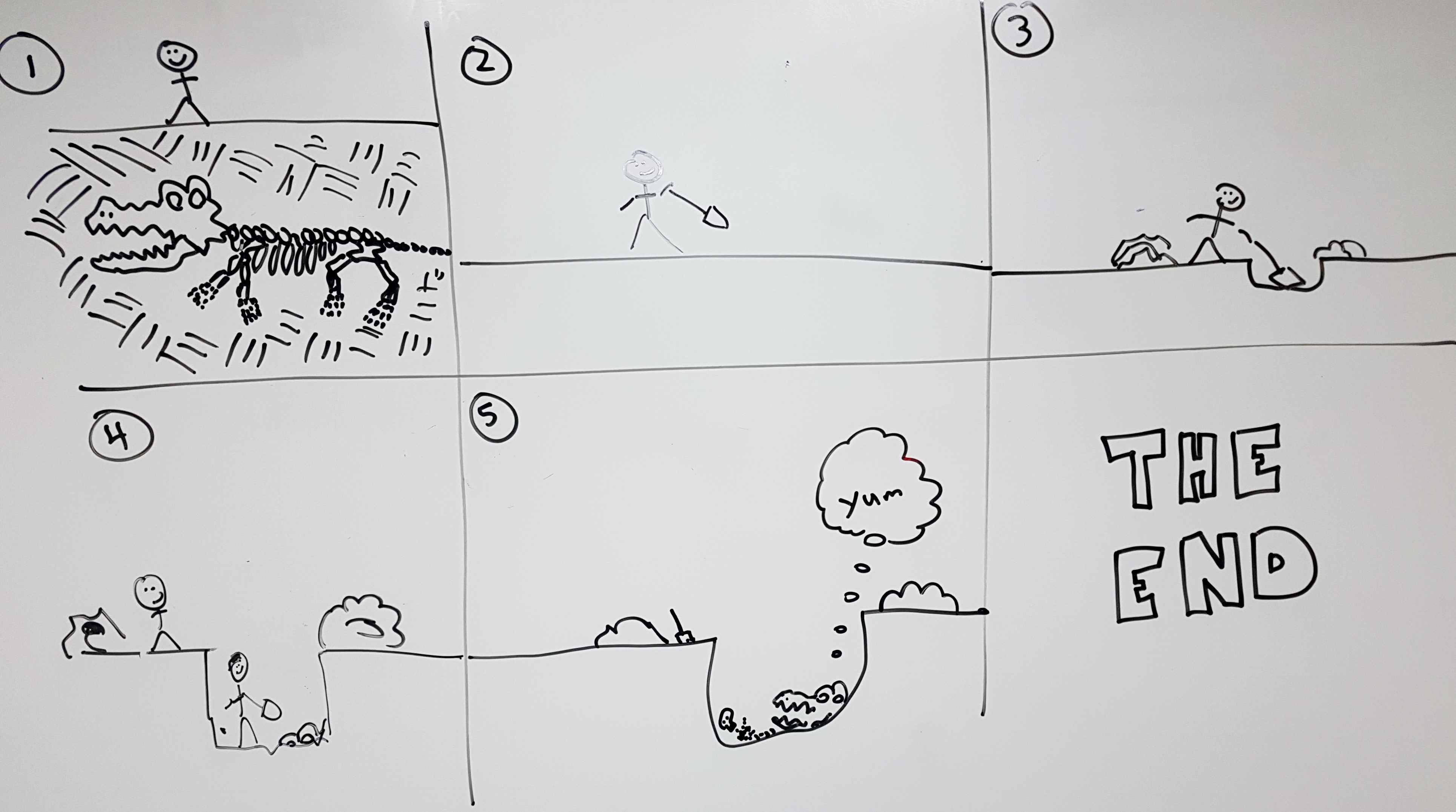
Picture above drawn at work on a whiteboard as a prompt for a story-telling exercise in an elementary speaking class.
Caveat: Quatrains #52-53
(Poem #249 on new numbering scheme)
The hungry alligator sat. He looked at many things: a tree, a boy, a dog, a boat, a famished bat with wings. "What shall I eat?" he wondered. "Boys. can be delicious, true.... and dogs in boats have lousy taste, and trees are hard to chew."
Caveat: Quatrain #31
(Poem #228 on new numbering scheme)
The animals were gathered there discussing their sad fate. They knew they were illusions all and conjured up too late.
– a quatrain in ballad meter. The picture was a whimsical creation of a few boring moments at work. I had been interviewing new prospective students, earlier, and I often have the students draw an animal (“follow instructions in English” / “Describe a picture in English”). These animals are mine, but inspired by first-grade student-drawn animals.

Caveat: Zoomable
Last September, I posted on this here blog about my fictional city-state of Tárrases, and the online mapping I’ve been doing for it. Recently, that website’s owner has been experimenting with a “3D viewer” of the topographic data. If you were interested in that map, before, then you might be interested to play with this viewer, too. Note that it is a bit glitchy, with some performance hitches, and also that the data (which are my creation and responsibility to maintain) might have some issues too. Also note that the initial view you see has the vertical scale exaggerated. The controls at the lower left of the window can change the degree of exaggeration, as well as manipulate for “pan,” “rotation,” and “zoom.”
So at least my hobby is interesting to me.
![]() [daily log: walking, 7km]
[daily log: walking, 7km]
Caveat: Tárrases
I’m not exactly in the closet about my geofiction hobby – I’ve blogged about it once or twice before, and in fact I link to it in my blog’s sidebar, too – so alert blog-readers will have known it is something I do.
Nevertheless, I’ve always felt oddly reticent about broadcasting this hobby too actively. It’s a “strange” hobby in many people’s minds, and many aren’t sure what to make of it. Many who hear of it percieve it to be perhaps a bit childish, or at the least unserious. It’s not a “real” hobby, neither artistic, like writing or drawing, nor technical, like coding or building databases. Yet geofiction, as a hobby, involves some of all of those skills: writing, drawing, coding and database-building.
Shortly after my cancer surgery, I discovered the website called OpenGeofiction (“OGF”). It uses open source tools related to the OpenStreetmap project to allow users to pursue their geofiction hobby in a community of similar people, and “publish” their geofictions (both maps and encyclopedic compositions) online.
Early last year, I became one of the volunteer administrators for the website. In fact, much of what you see on the “wiki” side of the OGF website is my work (including the wiki’s main page, where the current “featured article” is also mine), or at the least, my collaboration with other “power users” at the site. I guess I enjoy this work, even though my online people skills are not always great. Certainly, I have appreciated the way that some of my skills related to my last career, in database design and business systems analysis, have proven useful in the context of a hobby. It means that if I ever need to return to that former career, I now have additional skills in the areas of GIS (geographic information systems) and wiki deployment.
Given how much time I’ve been spending on this hobby, lately, I have been feeling like my silence about it on my blog was becoming inappropriate, if my blog is truly meant to reflect “who I am.”
So here is a snapshot of what I’ve been working on. It’s a small island city-state, at high latitudes in the Southern Hemisphere, with both “real-world” hispanic and fully fictional cultural elements. Its name is Tárrases, on the OGF world map here.
Here is a “zoomable and slidable” map window, linked to the area I’ve been creating, made using the leaflet tool.
There were some interesting technical challenges to get this to display correctly on my blog, involving several hours of research and coding trial and error. If anyone is interested in how to get the javascript-based leaflet map extension to work on a webpage (with either real or imaginary map links), including blogs such as typepad that don’t support it with a native plugin, I’m happy to help.
I have made a topo layer, too. I am one of only 2-3 users on the OGF website to attempt this – But the result is quite pleasing.
I have always loved maps, and since childhood, I have sometimes spent time drawing maps of imaginary places. However, I never dreamed that I’d be producing professional-quality, internet-accessible maps of imaginary places. I believe it is a kind of artform.
So that’s where my time off sometimes disappears to.
UPDATE NOTE 1, 2016-12-05: The topo view is currently broken due to some work I’m doing. It will be repaired eventually.
UPDATE NOTE 2, 2017-02-16: The topo view has been repaired.
UPDATE NOTE 3, 2019-08-15: I noticed while doing other blog maintenance that the leaflet embeds were broken. I spent a few hours fixing them – apparently some recent leaflet.js update wasn’t backward-compatible (argh).
UPDATE NOTE 4, 2021-10-13: I noticed while doing other blog maintenance that the leaflet embeds were broken (again). I spent some time fixing them (again). Using a leaflet plugin for wordpress, now. Let’s see how long that works….
[daily log: walking, 1.5km]
Caveat: Nonnet #6 “up in the trees”
Now I have made an “inverted” nonnet. I have no idea if this is a thing that’s been done before. It’s the same as a nonnet, just the other way around. Below, I drew the “blue cicada in a bottle” and originally posted it some years ago.
(Poem #31 on new numbering scheme)
Blue singing cicadas up in the trees have explained to me without using language that summer is not so bad, that it passes in a moment, that the green, breeze-blown leaves caress them.
– a reverse nonnet
Caveat: Capitolio Ardesférico
As some of you know, one of my strange hobbies is designing imaginary countries. This is a very useless hobby, but one close to my heart.
Yesterday, I drew a capitol building for one of those countries: Capitolio de la Federación Ardesférica. The drawing is derivative, of course. I combined some ideas from other domed buildings that I found online. But the sketch is entirely my own, and only a sketch – about 15 minutes’ work.
Caveat: Happy Alligators
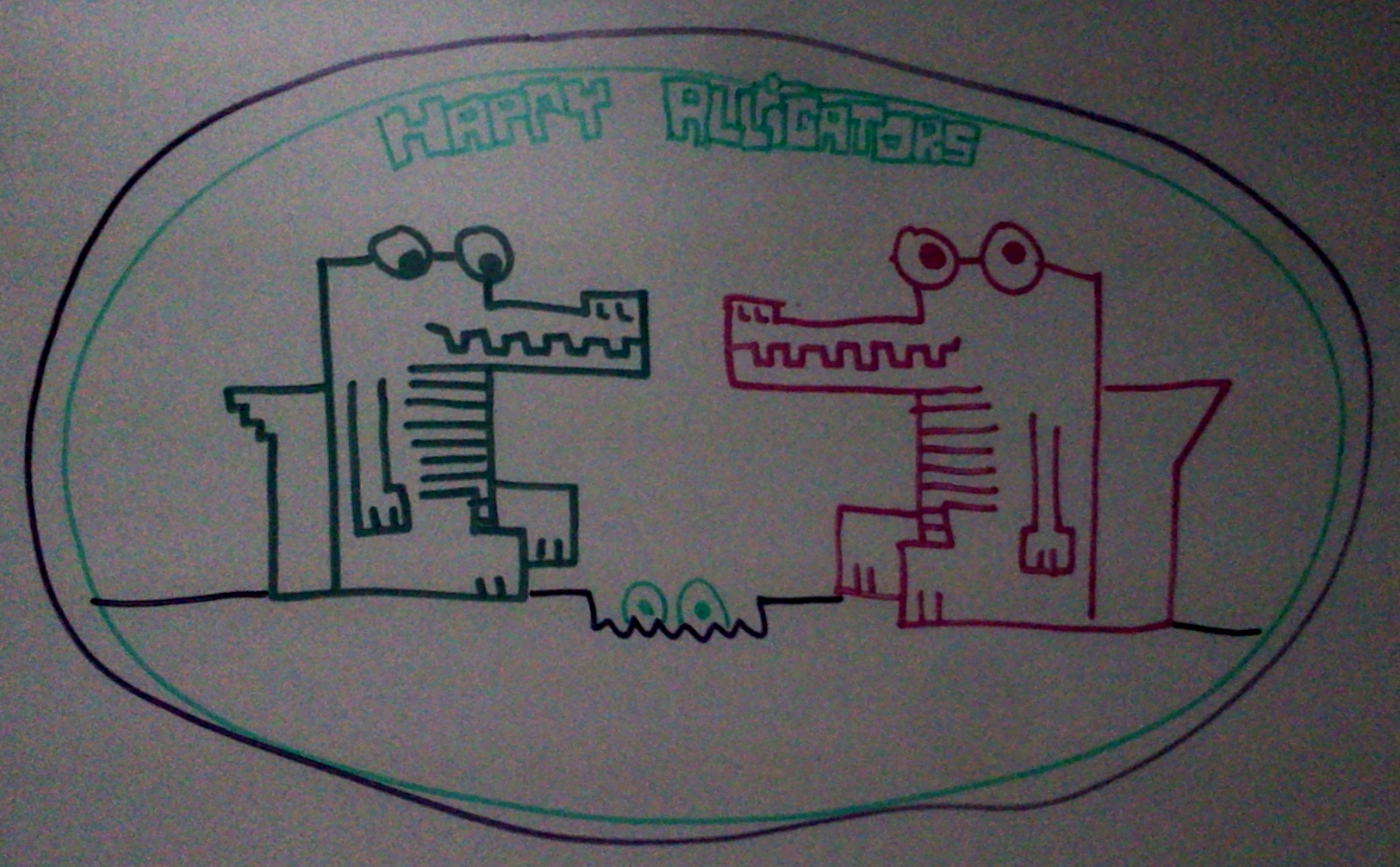 On Friday, I drew these alligators (at right) on the whiteboard for my youngest students (1st and 2nd graders).
On Friday, I drew these alligators (at right) on the whiteboard for my youngest students (1st and 2nd graders).
Yesterday was my last "naesin vacation" Saturday, meaning I didn't have to work, but will have to work next Saturday. My friend Peter came out to Ilsan and we had dinner and walked around a lot and talked a lot. I think he was feeling nostalgic for when he lived in Ilsan. Anyway, it was good to get out of the house.
He loaned me a book I want to read, Hamel's Journal, a book written by a Dutch man who spent a long time in Korea in the 17th century. I'll write more about it when I get around to reading it.
[daily log: walking, 1km]
Caveat: The inside of my brain
Yesterday at work I was in a meeting where I was quite unclear what was going on. Someone from outside of Karma was discussing some issues with some online pedagogic software we use with some of our students, called Cappytown.
Anyway, I was at a loss – I understood some of the details, because I was familiar with some aspects of the software. However, I had no idea why I had been called into the meeting or what it was for, in broader outline. Even now, I'm somewhat confused.
During the meeting, I drew a picture on my notes.
[daily log: walking, 6km]
Caveat: Boiling Sea-Lions
Of course, it is well known that Korean speakers struggle with the phonemic character of the "L-R distinction" in English. In fact, Korean possesses both sounds (at least, approximately, and with some caveats vis-a-vis the retroflex character of the English R), but in Korean the distinction is not phonemic but instead allophonically complementary.
If the above paragraph is gobbledygook, that's OK. I'm just being a linguist.
My point for this blog post is that sometimes my students make humorous mistakes. My student Cody was trying to give a debate speech about why zoos are not good for animals, and he was trying to say that life in a zoo is boring for animals, but his pronunciation consistently and clearly rendered "boring" as "boiling" – this is not just an L-R mistake but I think he was genuinely confusing the two words. Added to this is the typical "agent/patient" confusion typical with Korean learners of English (i.e. "The sea lion is bored" being rendered as "The sea lion is boring.").
I was struggling to explain to him the difference. Finally, on a piece of scrap paper, I sketched a zoo with bored animals, and then added a boiling sea lion. This seemed to get the message across – even though I received a lot of criticism for the quality of my sea lion. I agree it's a pretty implausible sea lion, but he is clearly boiling.
[daily log: walking, 6km]
Caveat: (with)drawn
During an exceptionally frustrating staff meeting yesterday, I wasn't understanding much that was being said, and misunderstood at least one important point. This is due to my linguistic handicap (i.e. not having mastered Korean).
So I withdrew and drew on the margins of my new class schedule. Here is what I drew.
[daily log: walking, 6.5km]
Caveat: Robot vs Giraffe
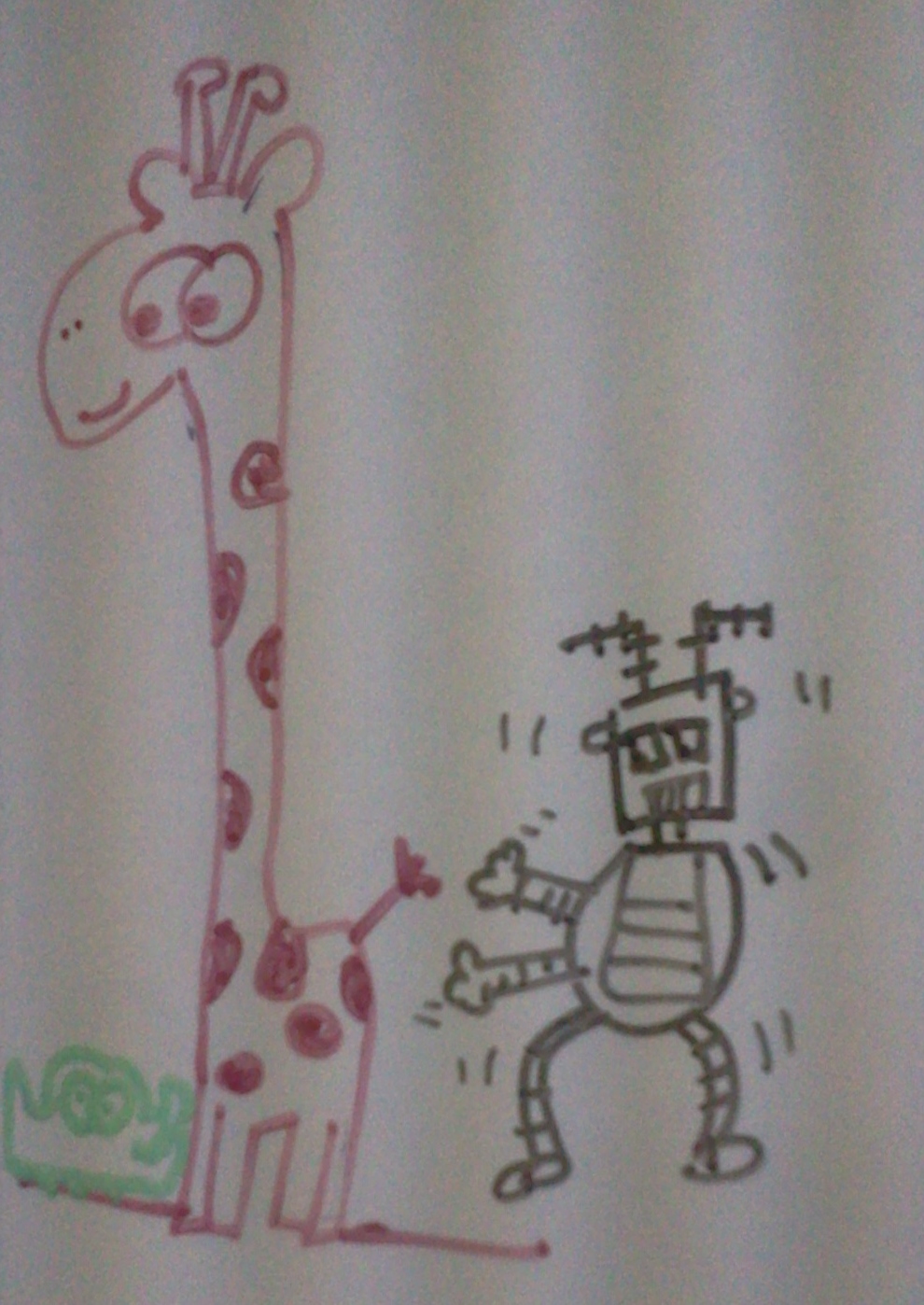 This drawing evolved on the whiteboard in my Betelgeuse반 the other day. The girls insisted that the robot was fighting the giraffe, although I hadn’t really intended that to be the theme of the drawing. To me, it looks rather like the robot wants to fight the giraffe, but the giraffe is calmly uninterested – above the fray, so to speak.
This drawing evolved on the whiteboard in my Betelgeuse반 the other day. The girls insisted that the robot was fighting the giraffe, although I hadn’t really intended that to be the theme of the drawing. To me, it looks rather like the robot wants to fight the giraffe, but the giraffe is calmly uninterested – above the fray, so to speak.
What I’m listening to right now.
Caveat: Curt’s Cow
 During some staff discussion we were having, Curt attempted draw a cow on the whiteboard. I think it was in the context of explaining the principle of “rumination” – i.e. a period during which students can ruminate on their input. This shows pedagogical awareness, but the staff discussion got distracted by the quality of his cow illustration. He attempted again, in response to feed back that cows don’t have round faces. Soon, everyone was laughing.
During some staff discussion we were having, Curt attempted draw a cow on the whiteboard. I think it was in the context of explaining the principle of “rumination” – i.e. a period during which students can ruminate on their input. This shows pedagogical awareness, but the staff discussion got distracted by the quality of his cow illustration. He attempted again, in response to feed back that cows don’t have round faces. Soon, everyone was laughing.
Curt said to me, “Hey, Jared. You’re an artist. You draw a cow. Fast.”
So I stepped up and drew my own version of a cow.
The three versions are at right. None of them are very good cows.
I have been having an overcast and lazy Sunday. I went to 본죽 and bought 단호박죽, as a kind of commemoration of the arrival of winter.
What I’m listening to right now.
Caveat: Whiteboard Hijinks
My teaching schedule is slowing down some, now that the middle-schoolers have started test-prep, but I’m still filling in for Grace, and working hard getting caught up on all the work and projects I let fall by the wayside during my busiest time the last few weeks.
I’ve been pretty grumpy at work – I’m not very good at letting go of things that piss me off, in this case the issue of parents complaining about my more laid-back teaching style. I feel this need to “prove” myself – to do extra work to prove that I am, in fact, teaching something despite the more laid-back style. Hence all the work I’m doing in posting videos of my speaking tasks and tests on my work blog, all the work in showing that the kids are actually doing English-learning stuff in my classes.
Meanwhile, alligator meets mouse, drawn the other day.
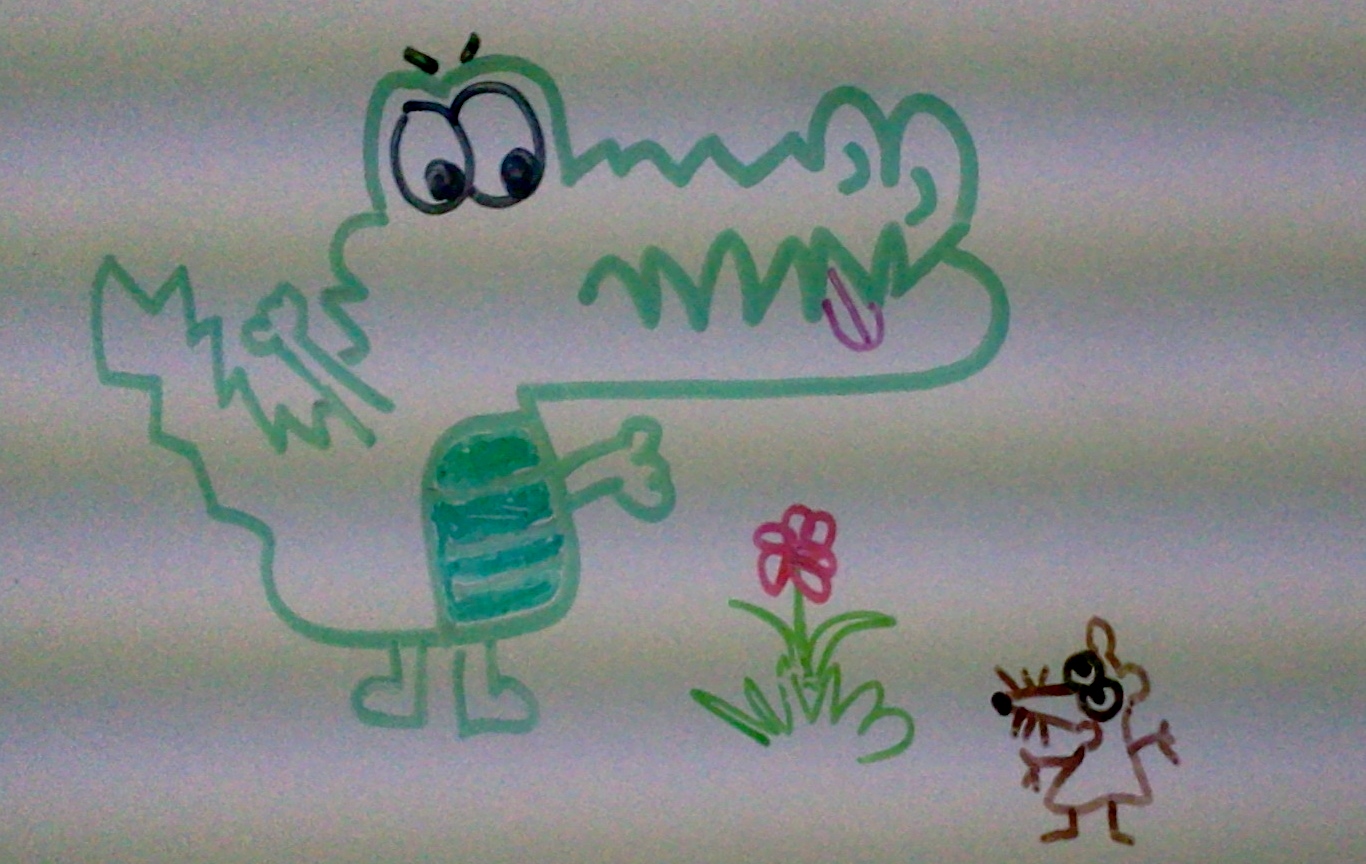
![]() [daily log: walking, 6 km]
[daily log: walking, 6 km]
Caveat: The Waxwing Slain
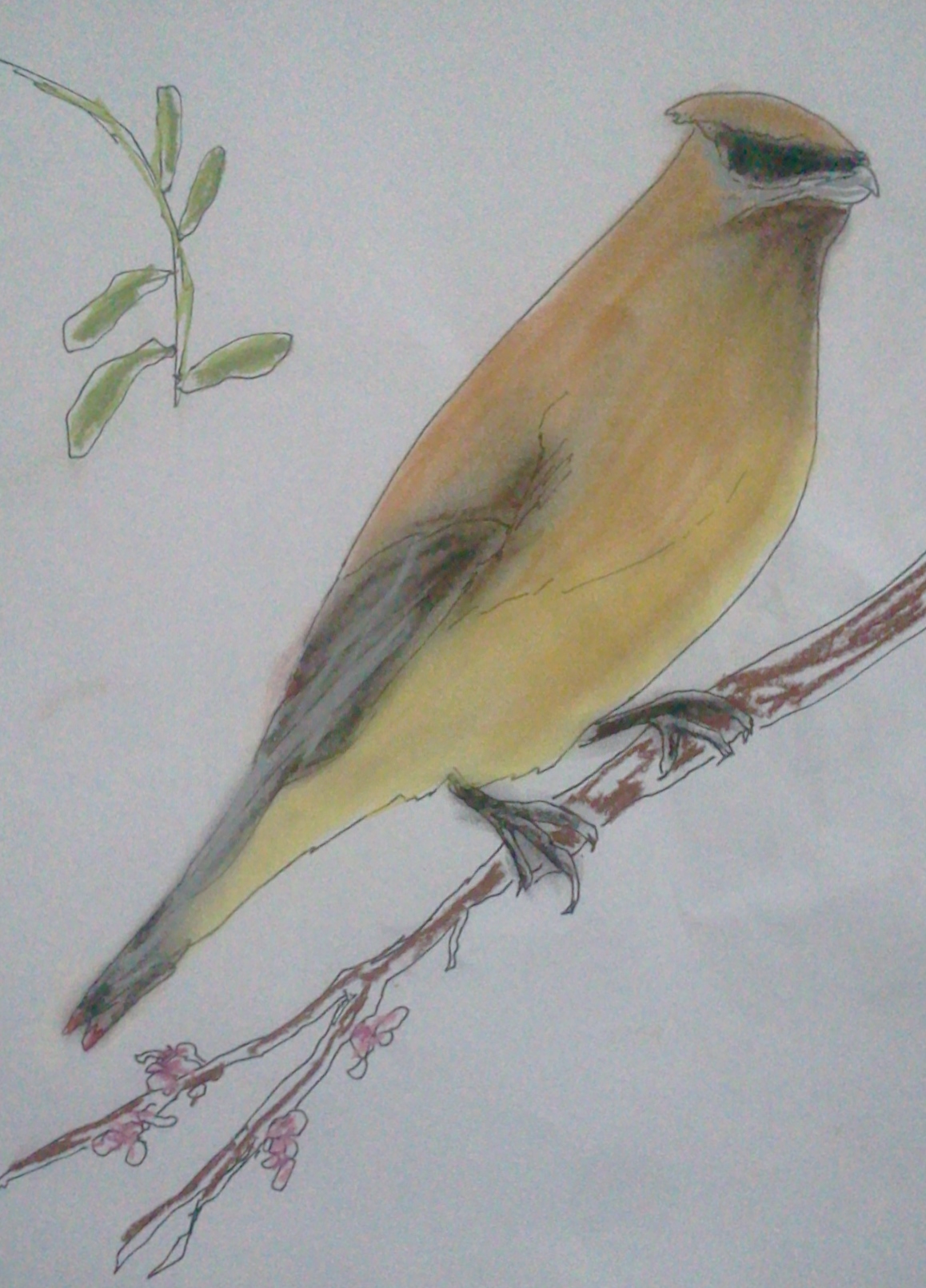 I was the shadow of the waxwing slain
I was the shadow of the waxwing slain
By the false azure in the windowpane;
I was the smudge of ashen fluff—and I
Lived on, flew on, in the reflected sky.
And from the inside, too, I’d duplicate
Myself, my lamp, an apple on a plate:
Uncurtaining the night, I’d let dark glass
Hang all the furniture above the grass,
And how delightful when a fall of snow
Covered my glimpse of lawn and reached up so
As to make chair and bed exactly stand
Upon that snow, out in that crystal land!
– Vladimir Nabokov
(Russian-American novelist, 1899-1977)
This is a snippet from Nabokov's poem "Pale Fire," which is not simply a "poem by Nabokov." Rather, Nabokov wrote the poem (999 lines) and embedded it in his novel Pale Fire, wherein the character of John Shade is the purported author of the poem.
For some reason this poem made a major impression on me from when I read the novel (I think in late 1980s), and certain lines have stuck in my memory. For that reason I have an interest in waxwings. Above right is a sketch I made of an imaginary species of waxwing.
Caveat: Hi Kids!
Today is that peculiar Korean holiday, “Children’s Day,” which works ironically for teachers, since we don’t work, and therefore do not see children on children’s day, unless we have our own.
I drew this on the whiteboard yesterday, with my trademark phrase.
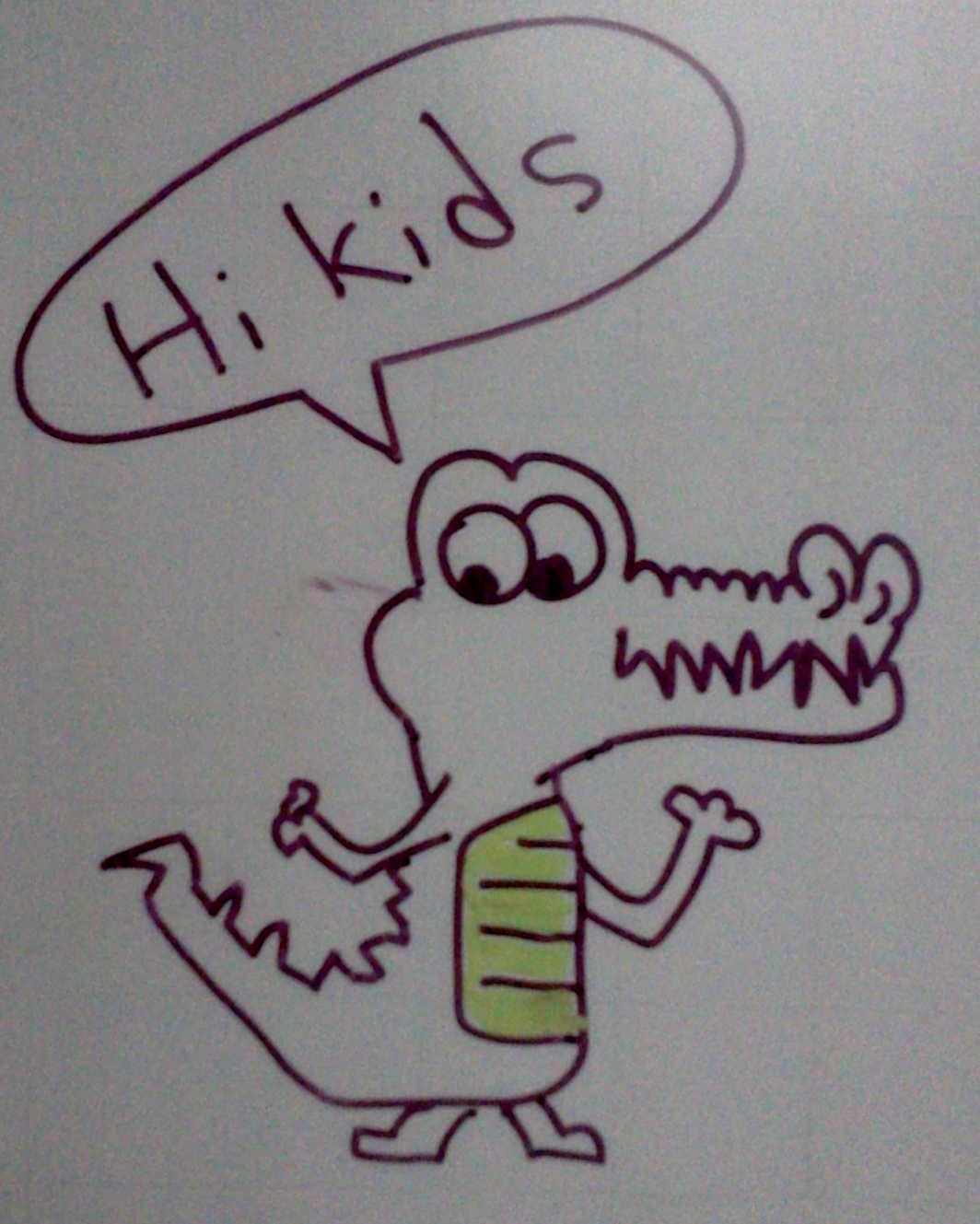
![]() [daily log: walking, 1 km]
[daily log: walking, 1 km]
Caveat: Draw, Scan, Edit, Print
Yesterday I finally did something I have been meaning to do for quite some time.
I took the time to scan one of my alligator pictures, "trace" it into a graphics application (Inkscape, which I'm trying to learn how to use), touch it up a little bit, and then convert to a scalable graphics image (e.g. a .PNG file in this case).
I think the result went well. I printed out a bunch of these cloned alligators on our color printer at work, and immediately had tribes of elementary students bidding to "buy" these pictures with their alligator bucks. Helen said I should charge what the market would bear. I didn't charge – I gave them away. Socialist: alligator illustrations to each according to their need.
I will try to do a few more, I guess. This alligator is specific to our upcoming talent show.
[daily log: walking, 6 km]

